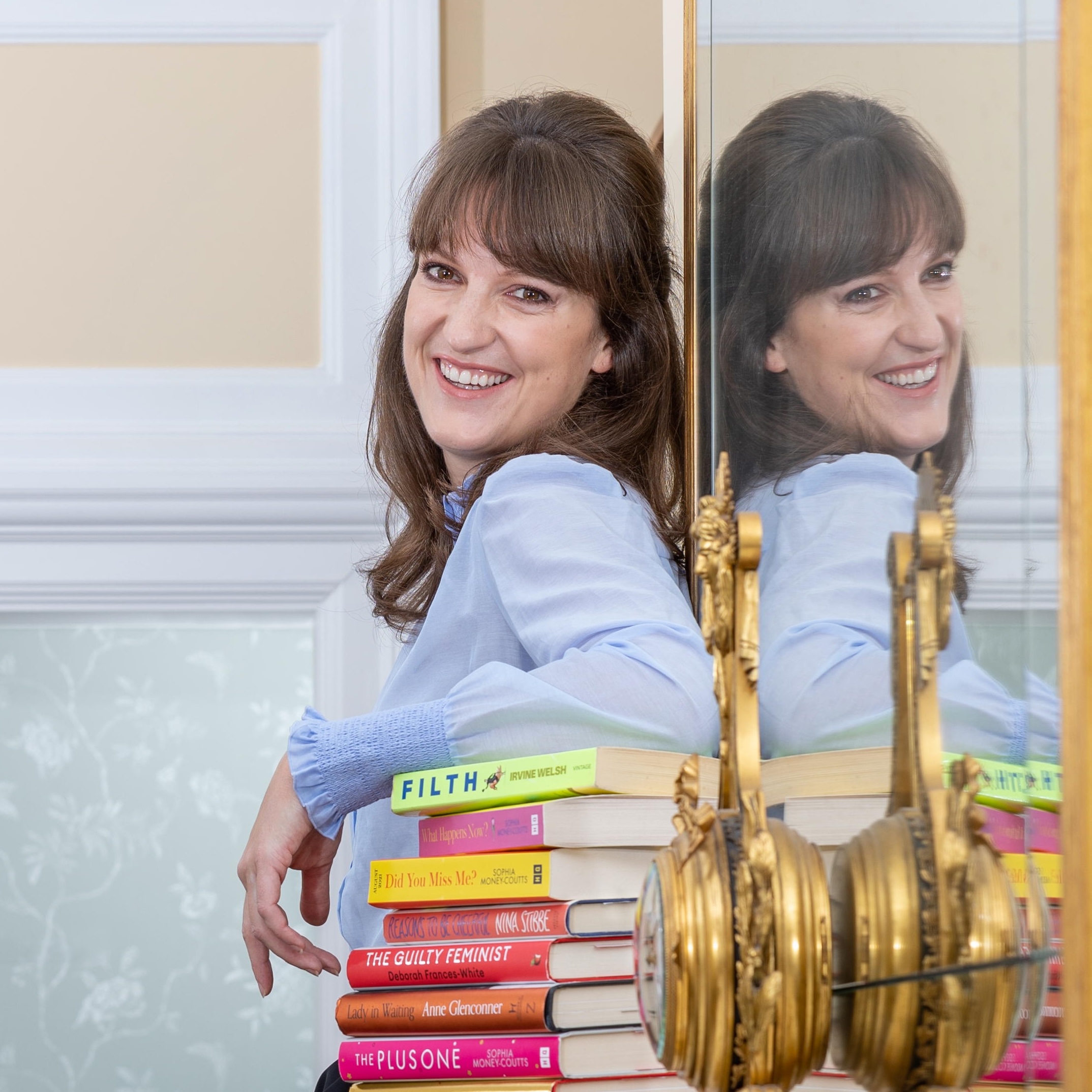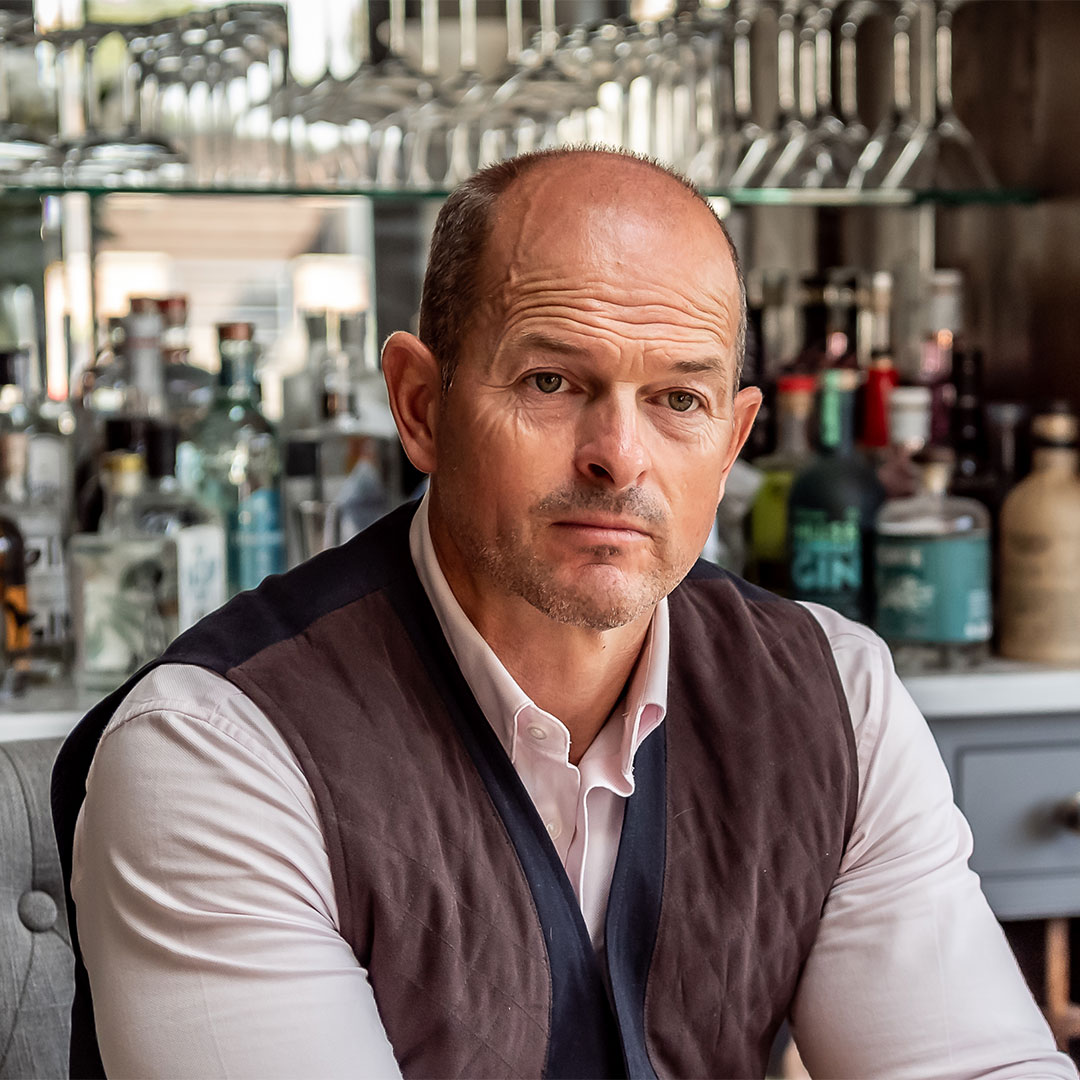-
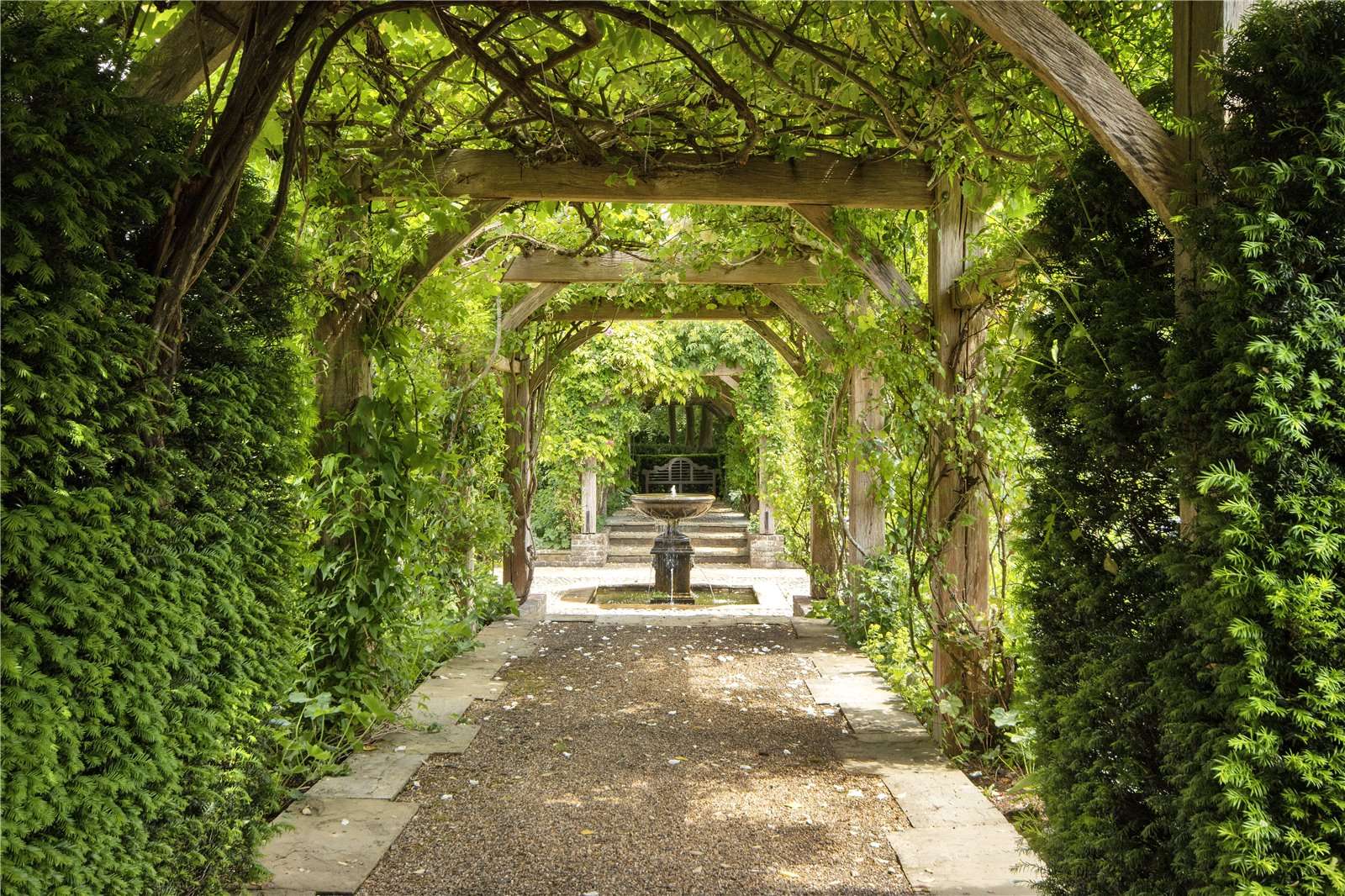
A delightful 16th century home with some of Kent's most beautiful gardens has come on to the market
By Penny Churchill
-
-

Marcus Janssen: The man behind Schöffel on Chelsea Lifejackets, bagging a 'MacNab' and recognising the best of the British countryside
By James Fisher
-

The hound with the wind in its hair: Country Life Quiz of the Day, July 1, 2025
By Country Life
-

From lonely moorland megaliths to grand stone rings, Britain strains under the weight of enthralling, ancient rock
By Tom Howells
-

You’ve got to have a lot of balls: Wimbledon by numbers
By Lotte Brundle
-
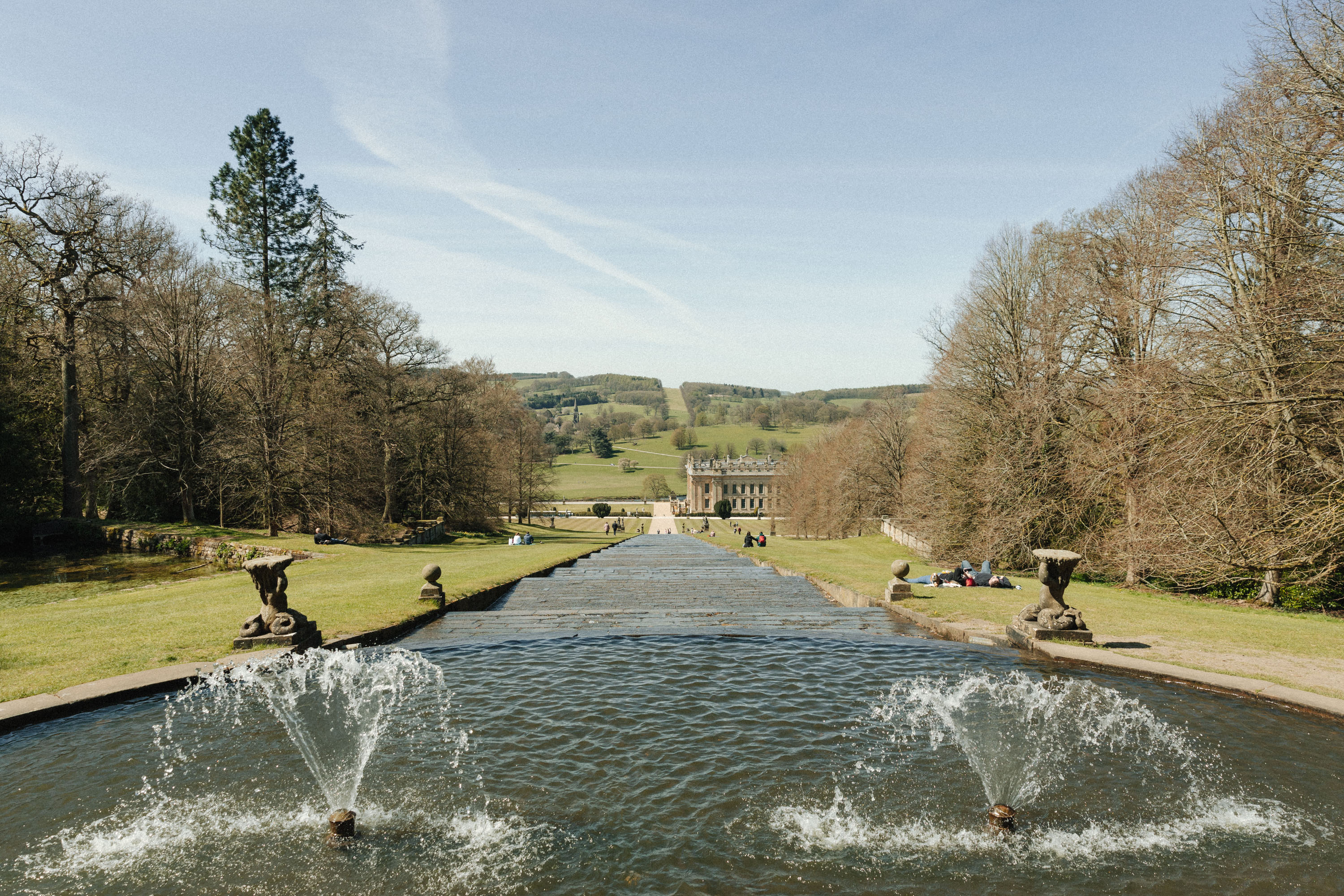
Chatsworth's winning £4 million Lottery ticket means it can restore beloved water feature
By Lotte Brundle
-

What everyone is talking about this week: 'There’s always been something alluring about reading in public, now, it comes with bravado'
By Will Hosie
-
Exquisite houses, the beauty of Nature, and how to get the most from your life, straight to your inbox.
People & Places
-
-

‘It has been destroyed beyond repair, not by the effect of gunfire, but by a deliberate act of vandalism’: Britain’s long lost great houses that live on only inside the Country Life archive
-
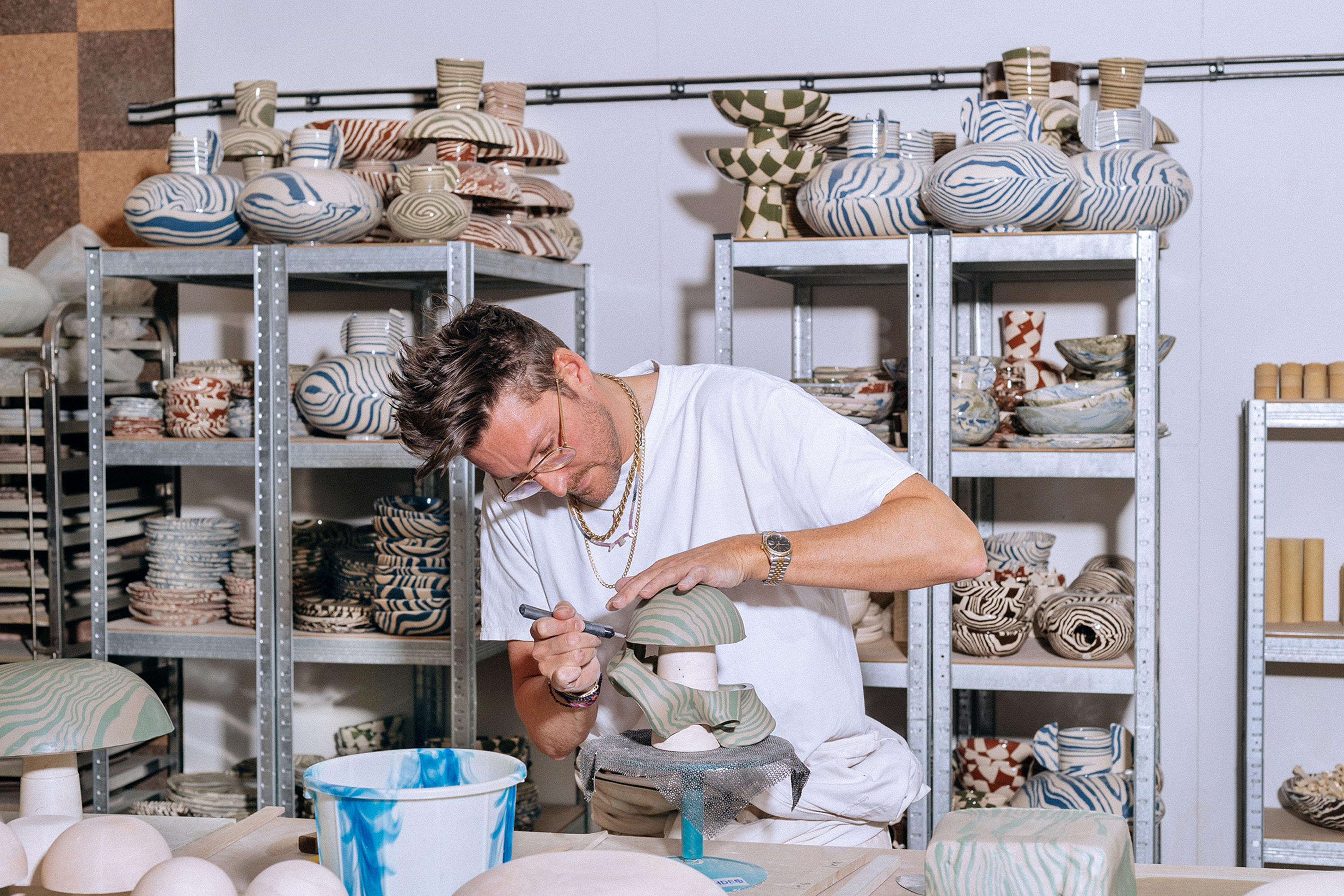
Henry Holland's consuming passions: 'I started my career as the fashion editor of Smash Hits magazine and I am still a pop tart at heart!'
-

The extraordinary Exe Estuary, by the Earl whose family have lived here for 700 years
-

‘There are moments of formal dressing where one is humbled by the rules of it all’: A New Yorker tackles Royal Ascot for the first time
-
Property
View all Property-

A delightful 16th century home with some of Kent's most beautiful gardens has come on to the market
By Penny Churchill
-
-

Embrace off-grid living on this Scottish island for sale, but you'll have to share it with the local seal population
By Toby Keel
-
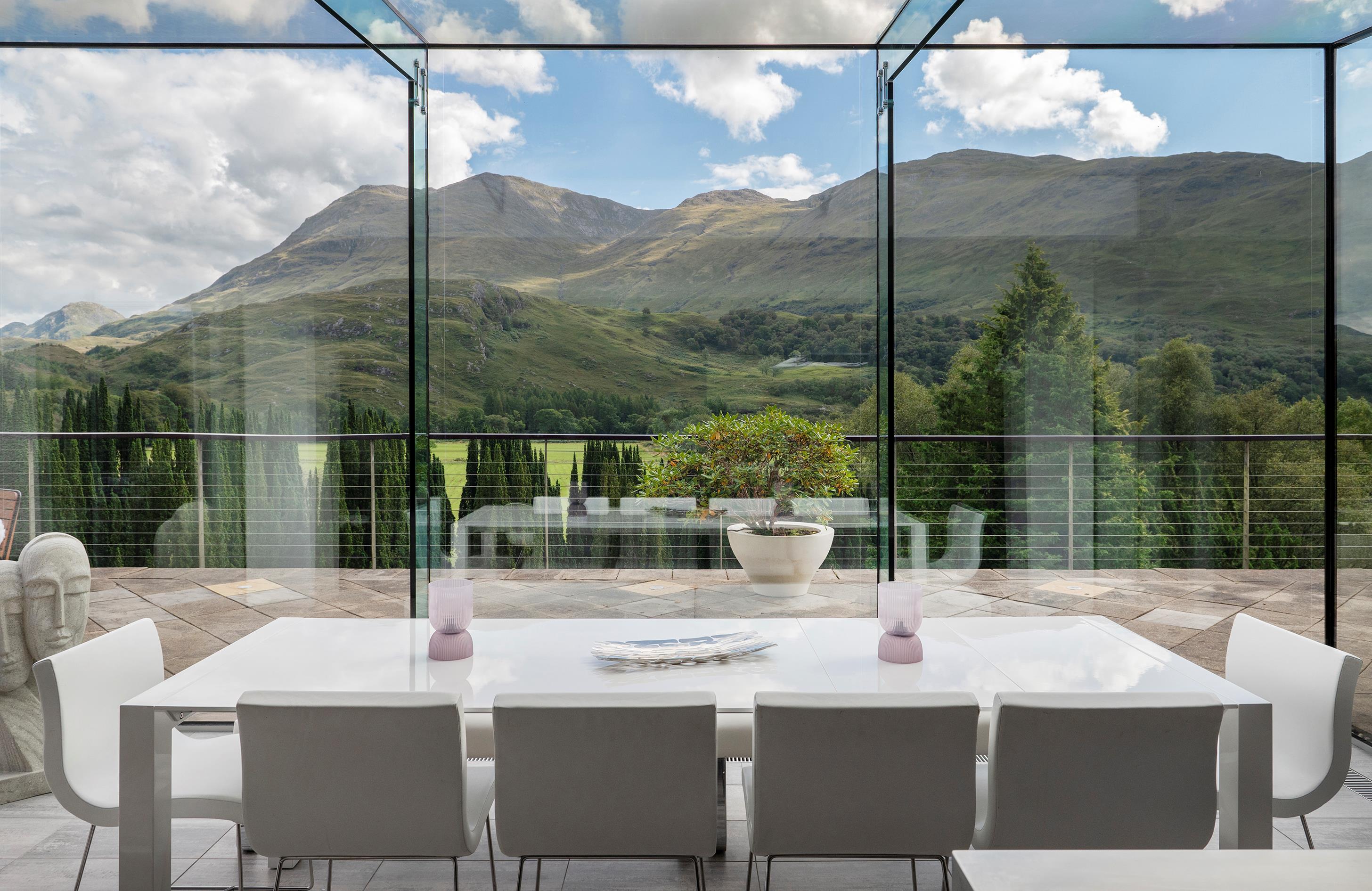
18 beautiful homes, from charming cottages to a Highland mansion with unbeatable views, as seen in Country Life
By Toby Keel
-
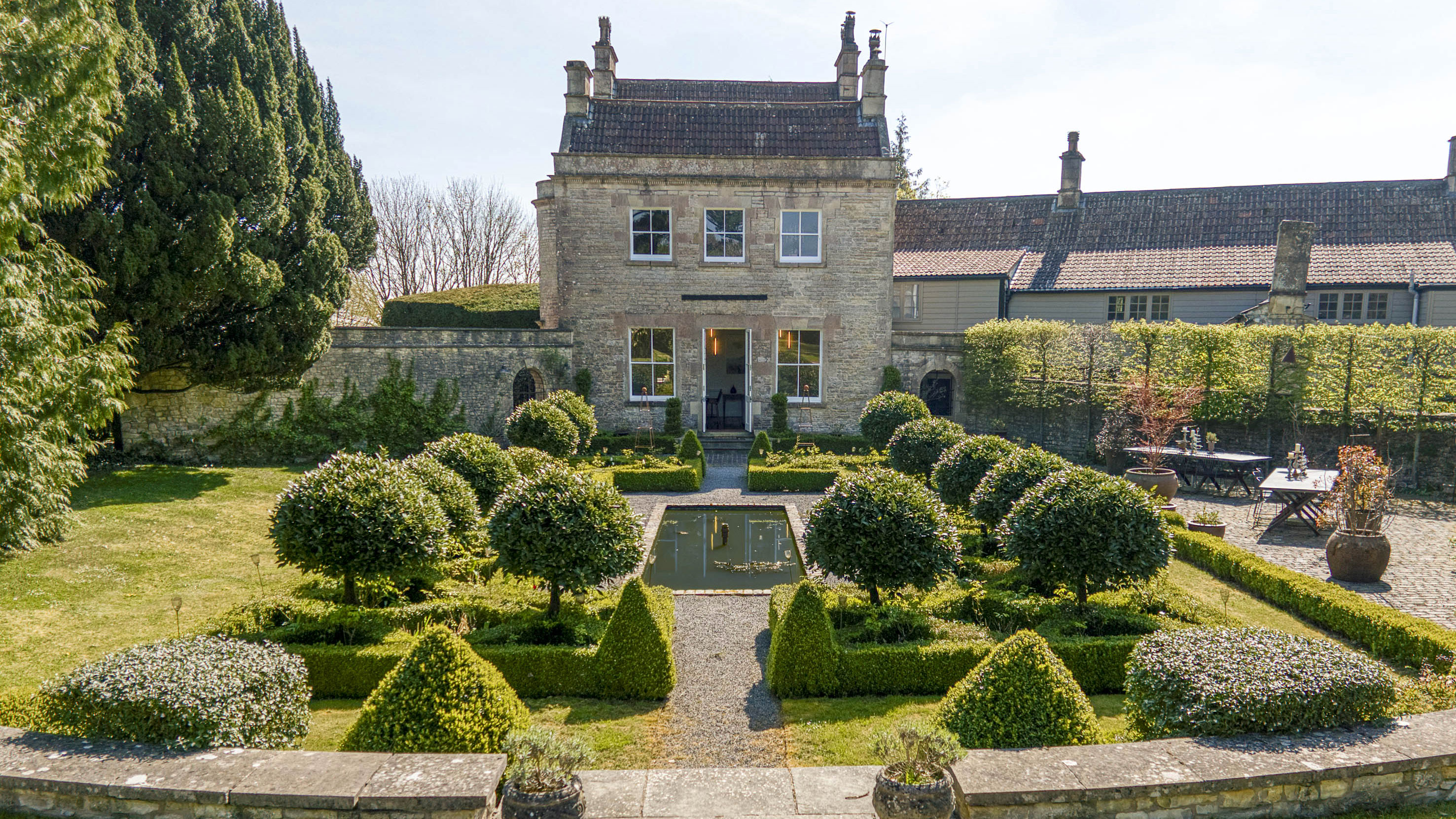
The gorgeous Somerset home of the designer behind one of Glastonbury's chicest spots
By Toby Keel
-
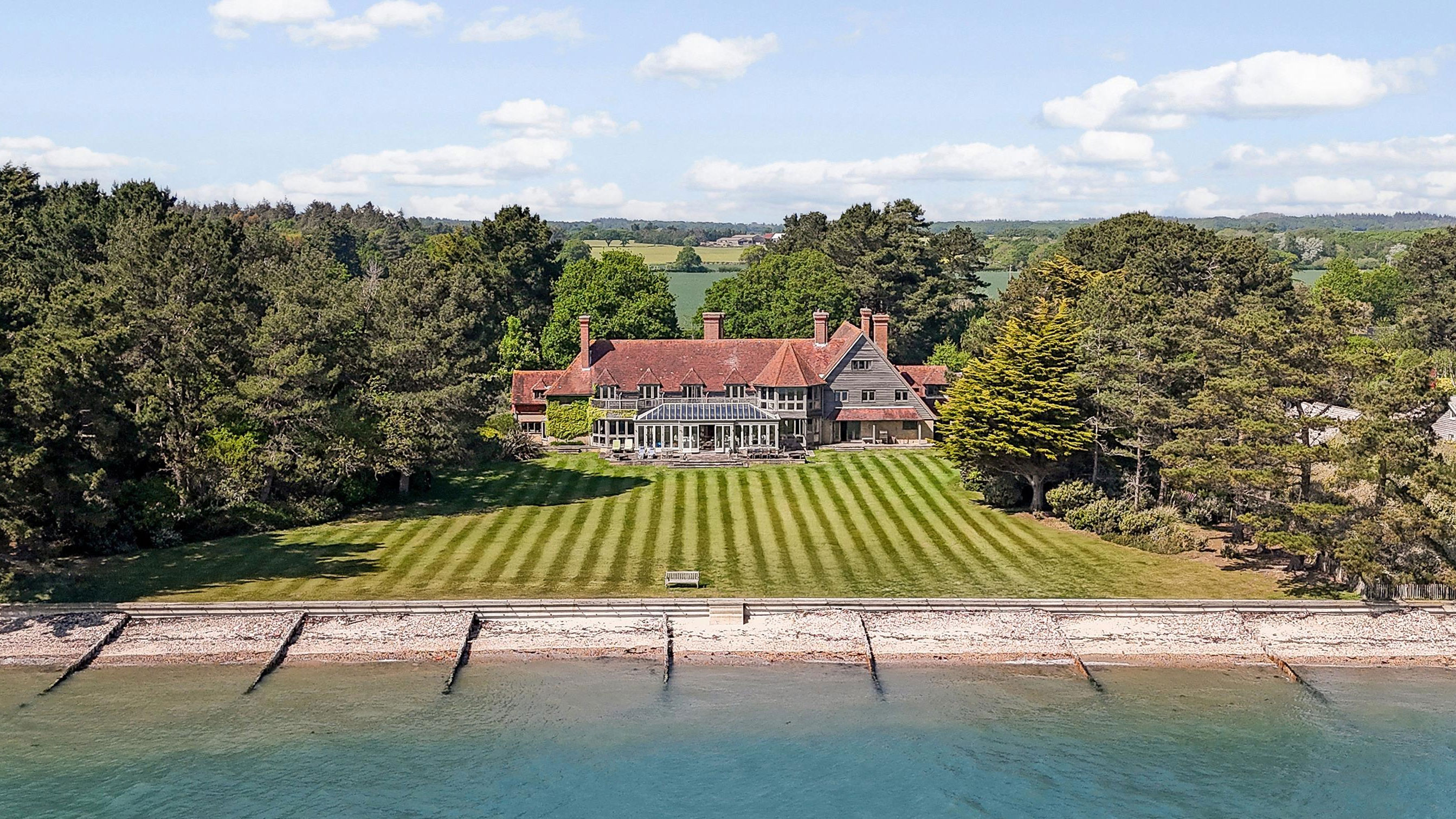
Best country houses for sale this week
By Country Life
-
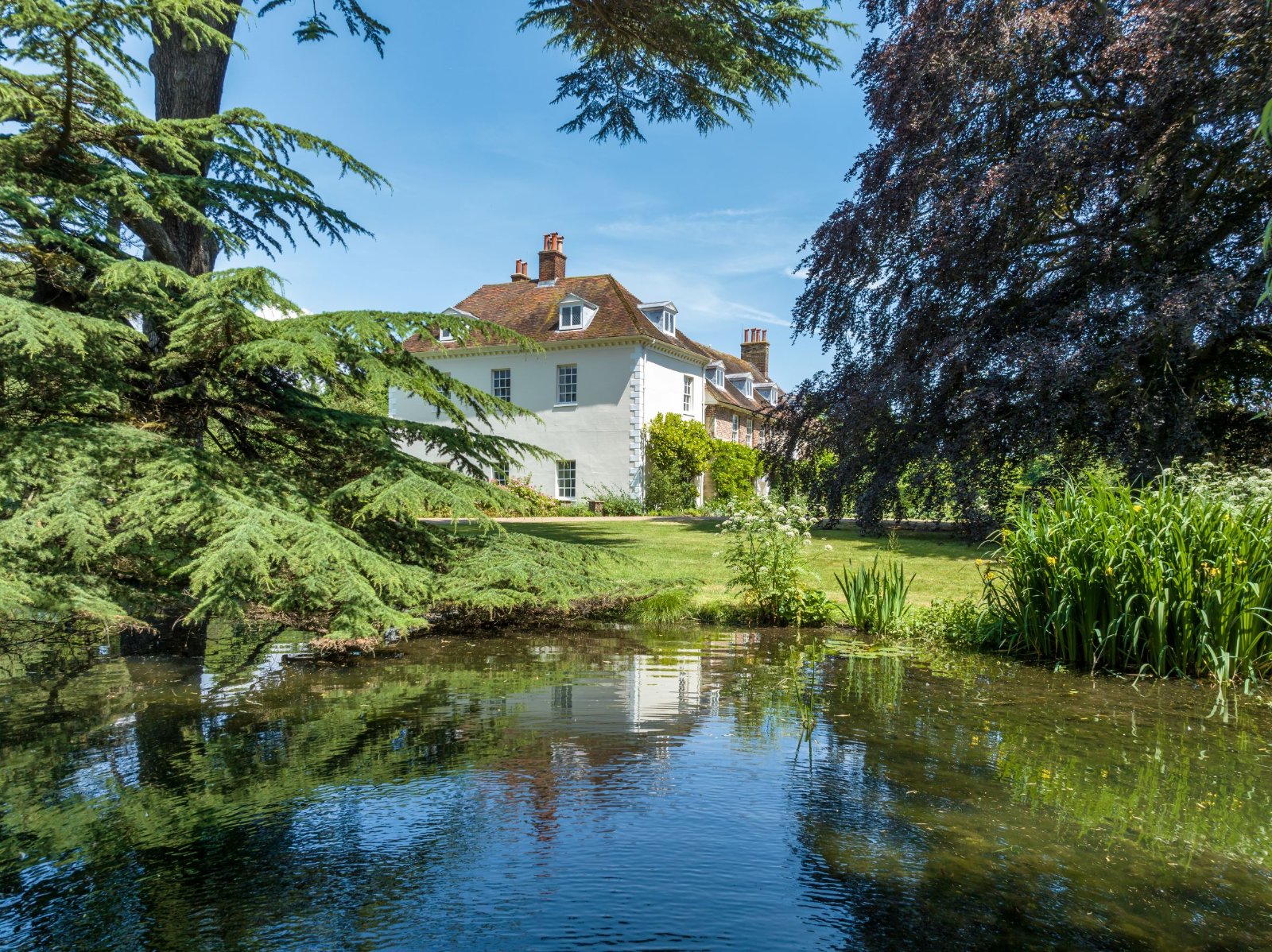
826 years of history, painstaking restoration and 'a garden like no other' at this former National Trust house which has come to the market in Kent
By Penny Churchill
-
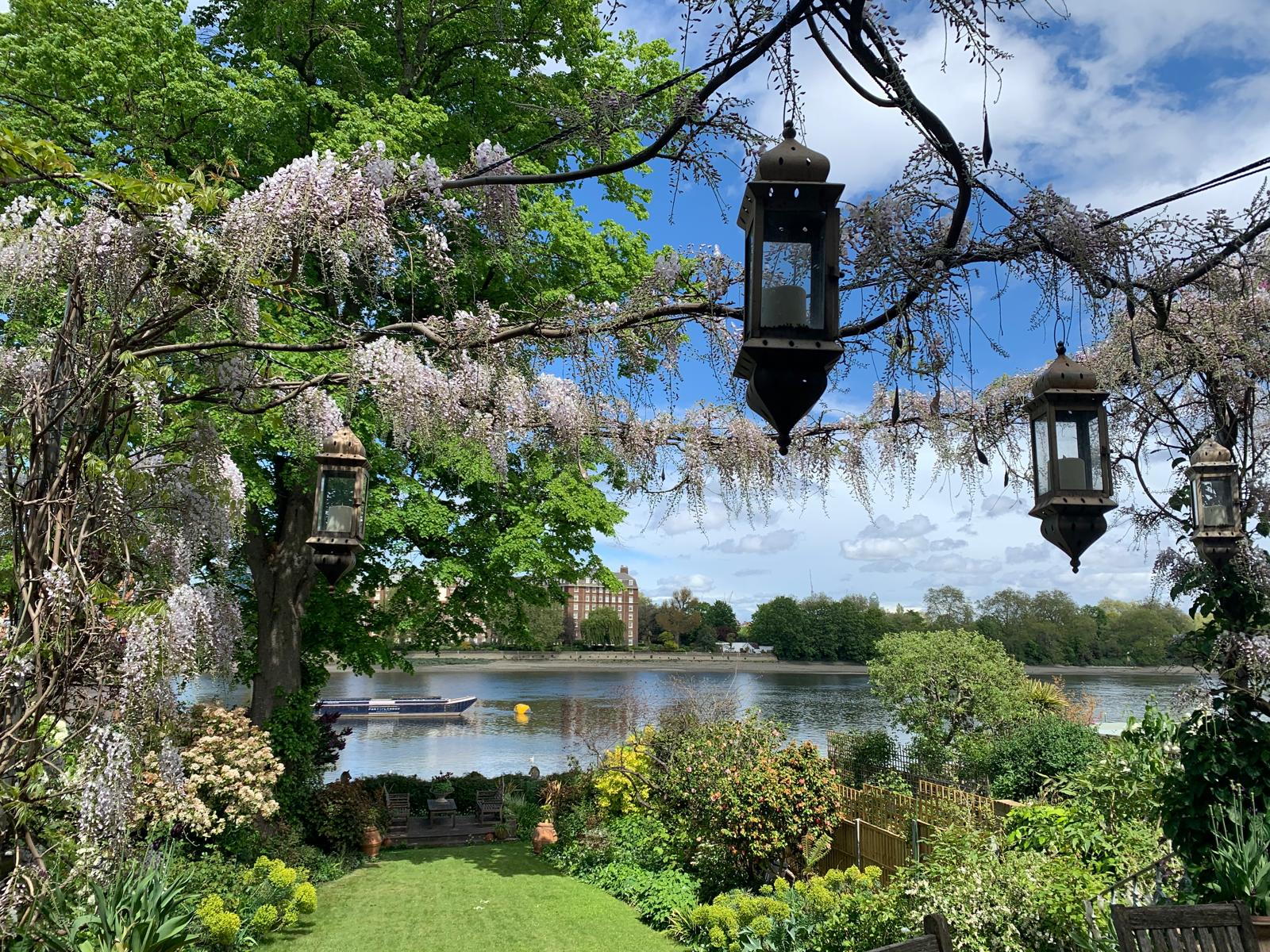
A wisteria-clad delight with lawns running down to the Thames at the prettiest riverside home for sale in London today
By James Fisher
-
Our expert voices
Interiors
View All Interiors-
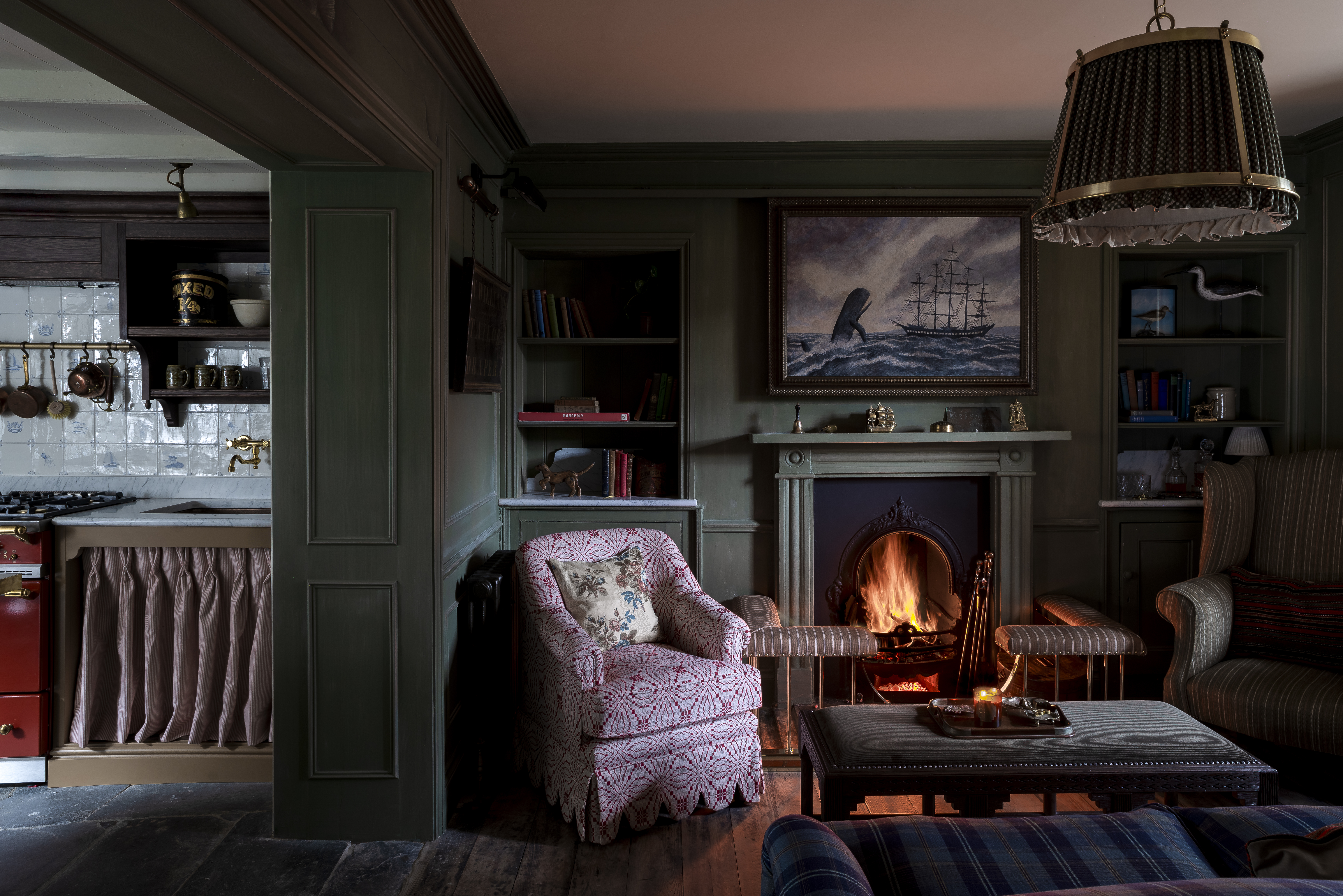
'Comfortable, cosseting and far from the madding crowd': The recently refurbished Cornish cottage that proves Victorian decor is making a comeback
By Giles Kime
-
-
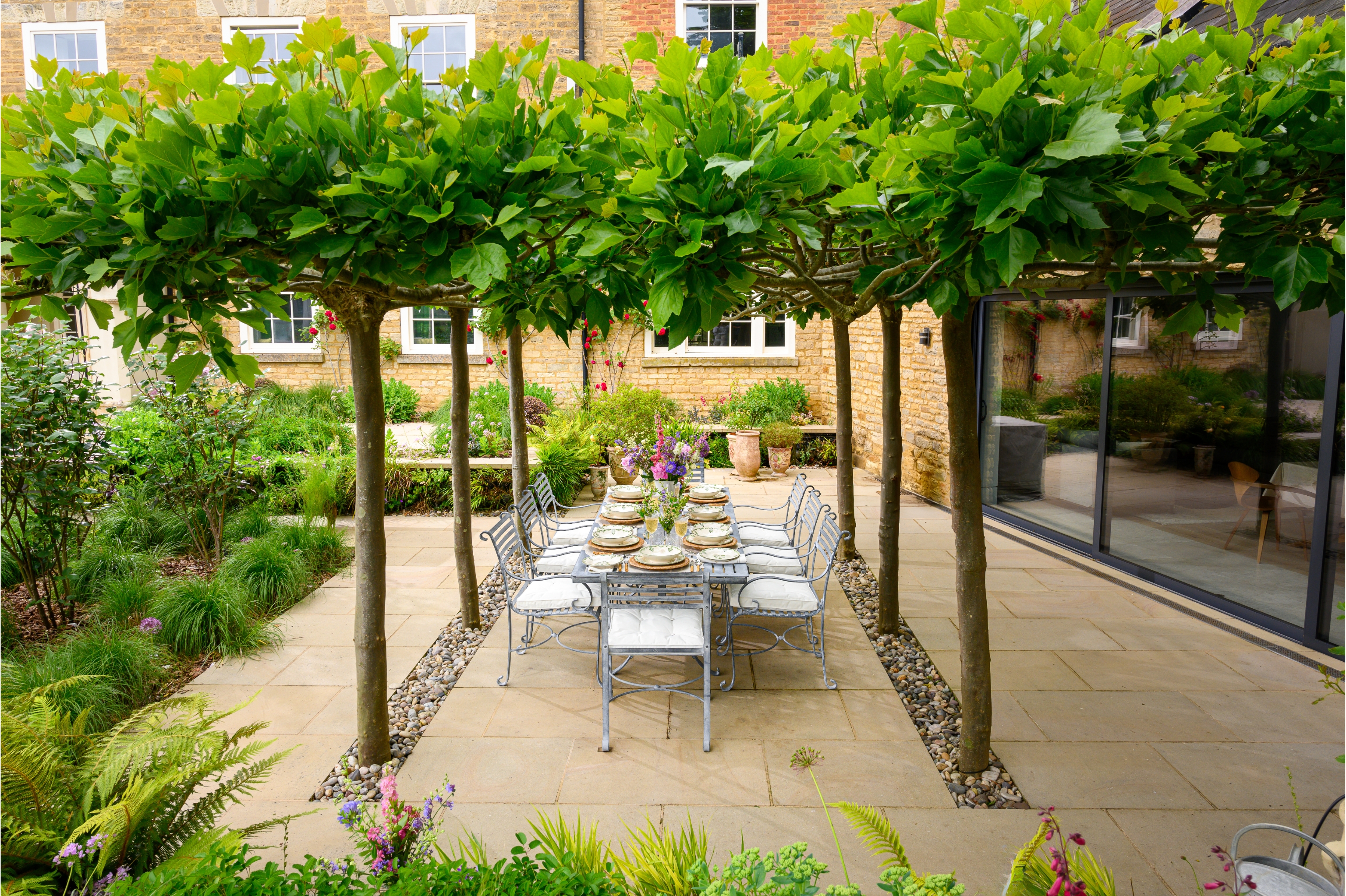
18 inspiring ideas to help you make the most of meals in the garden this summer
By Amelia Thorpe
-
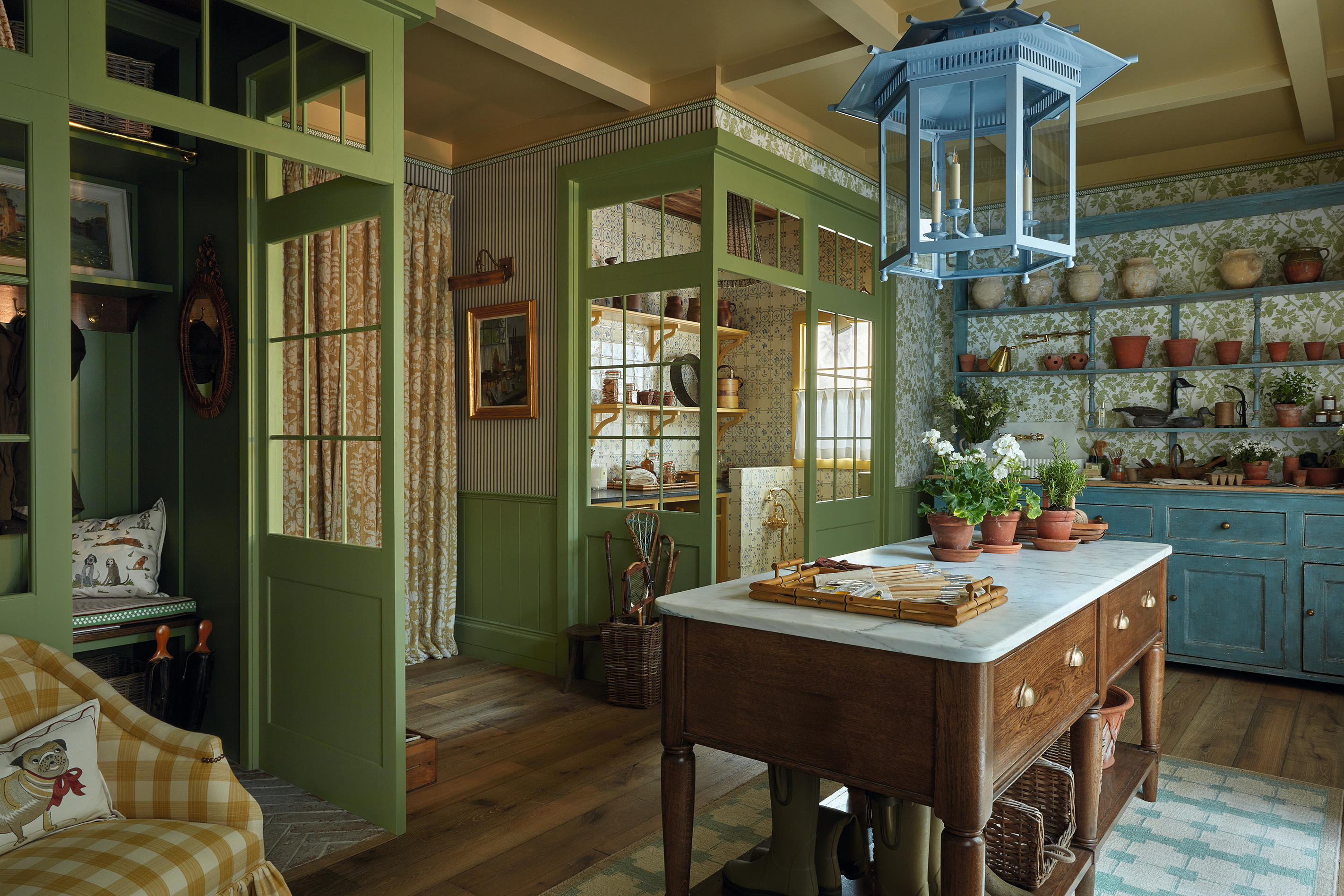
'These aren't just rooms. They are spaces configured with enormous cunning, artfully combining beauty with functionality': Giles Kime on the wonders of WOW!house 2025
By Giles Kime
-
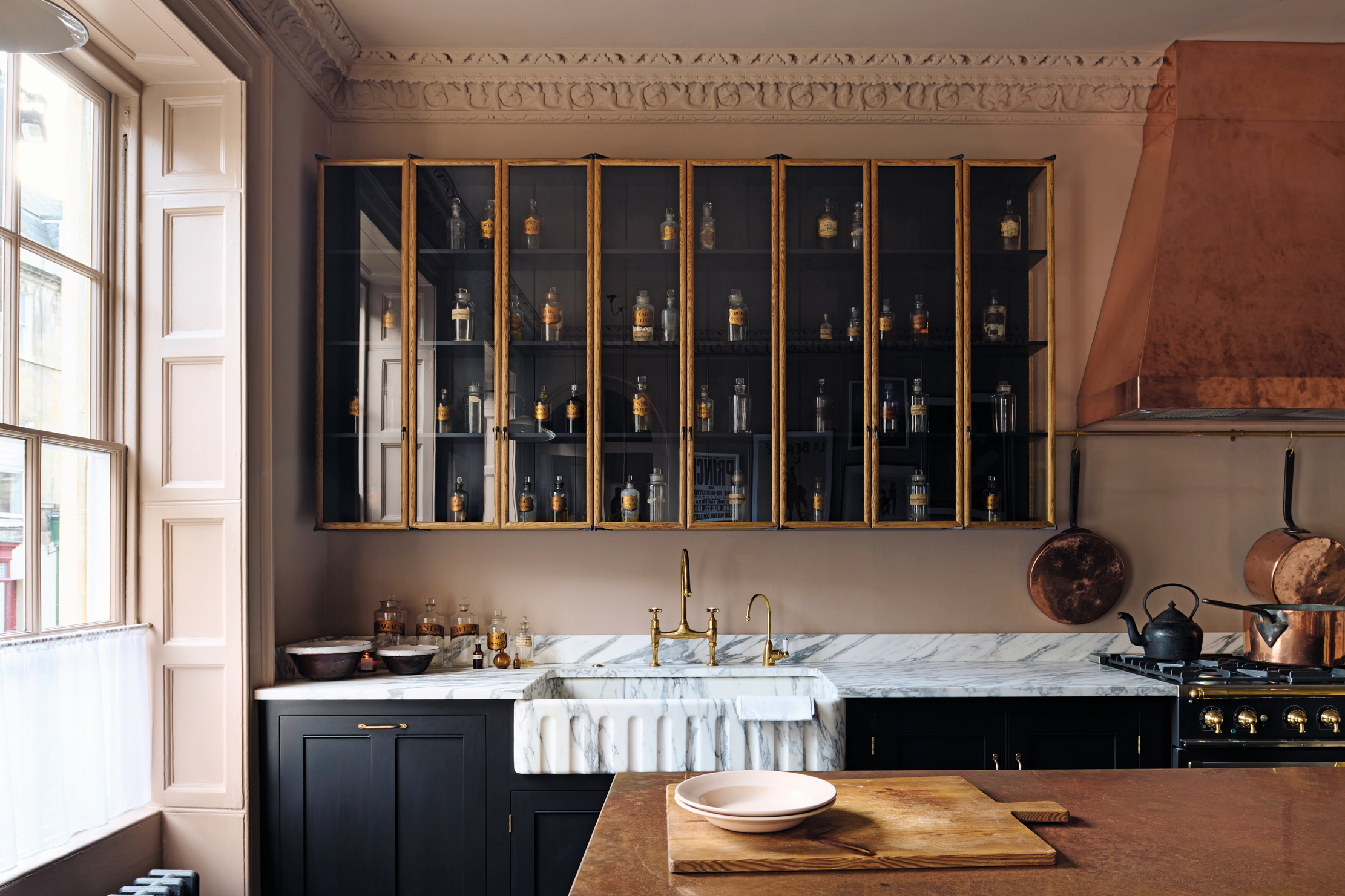
How the deep-lustre of copper brings period glamour to this kitchen
By Arabella Youens
-
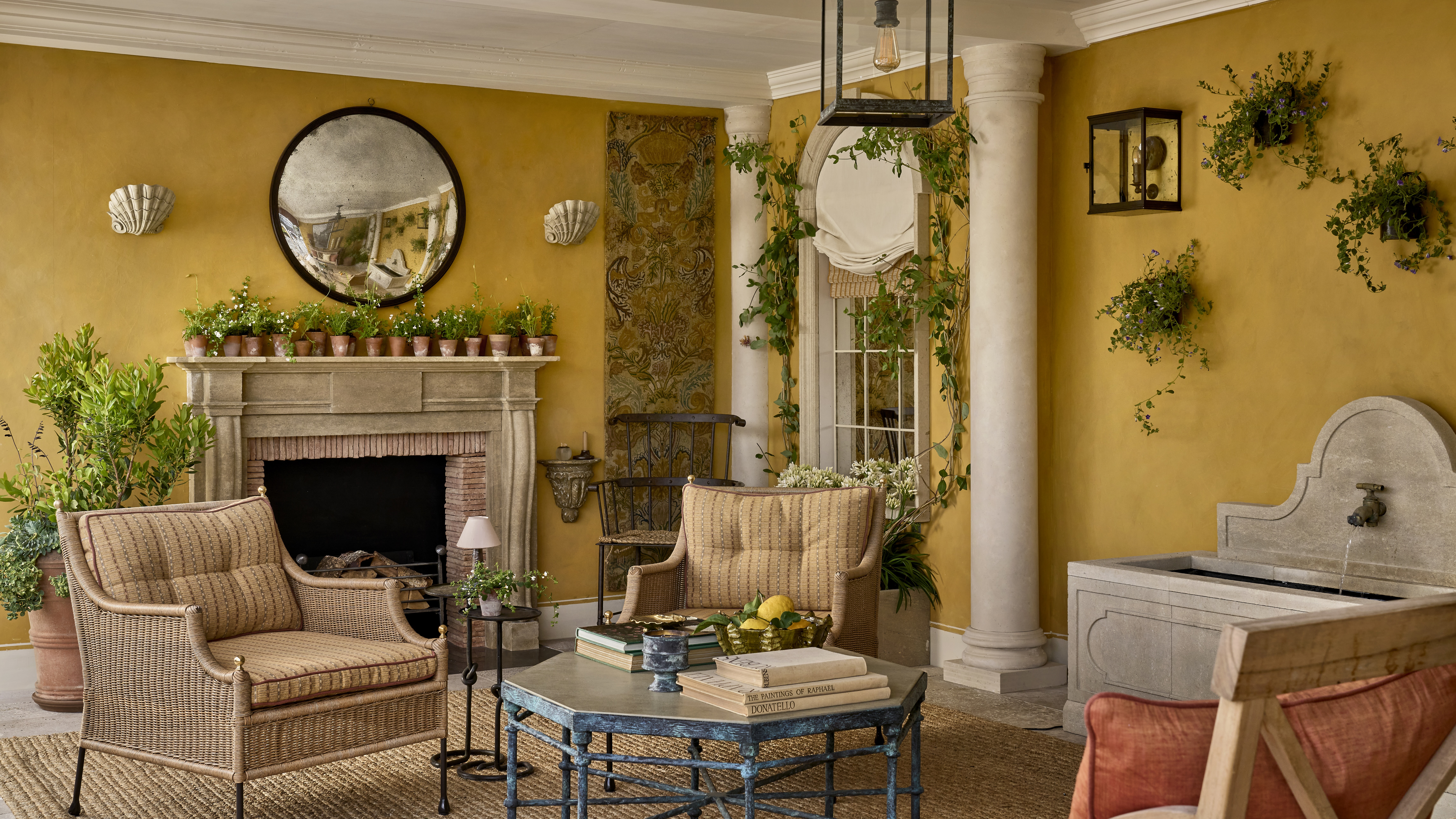
The beauty’s in the detail: How English stone specialist Artorius Faber helped to bring Country Life's Chelsea stand to life
By Artorius Faber
SPONSORED -
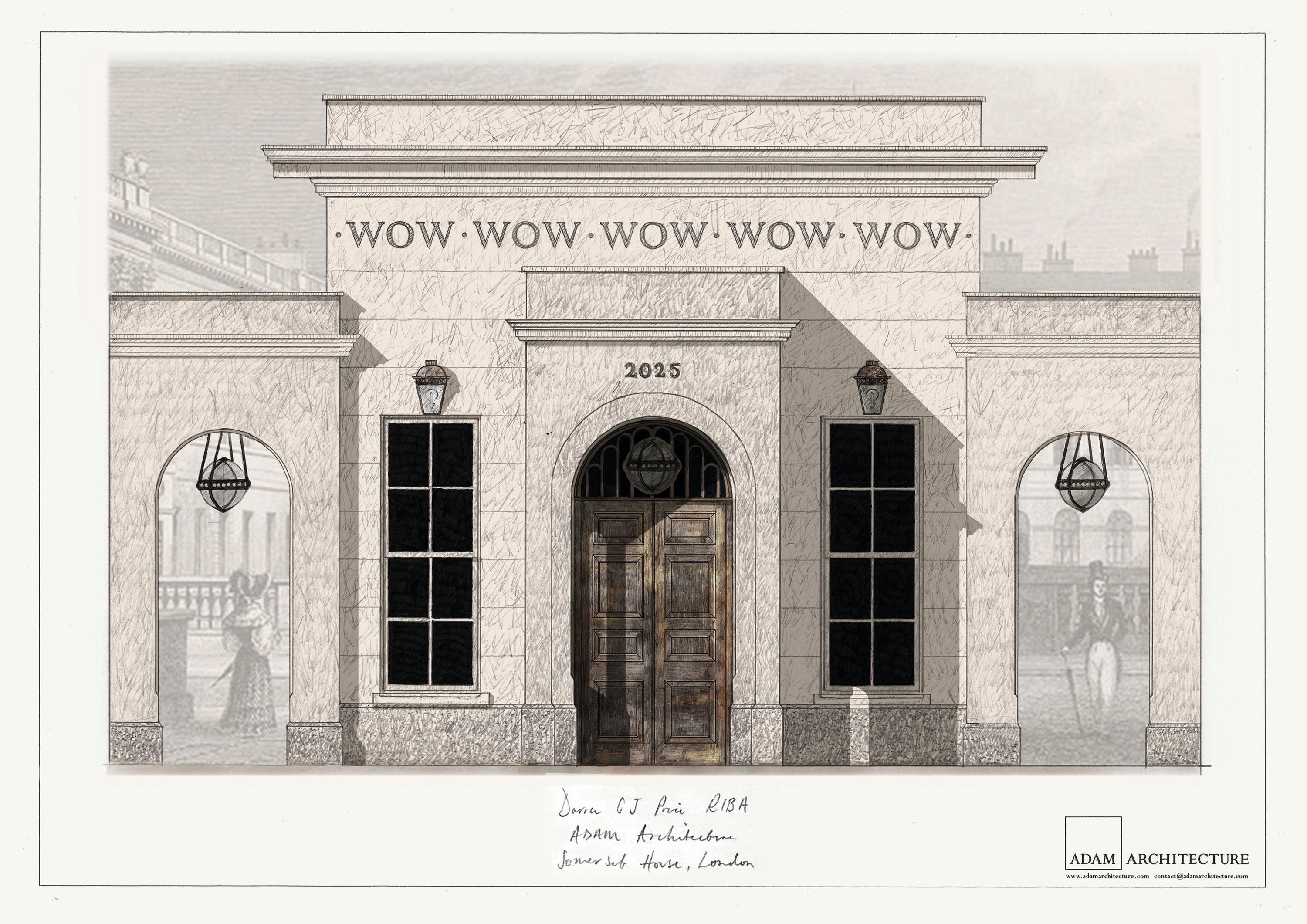
A feast of ideas: What to expect at WOW!house 2025
By Amelia Thorpe
-
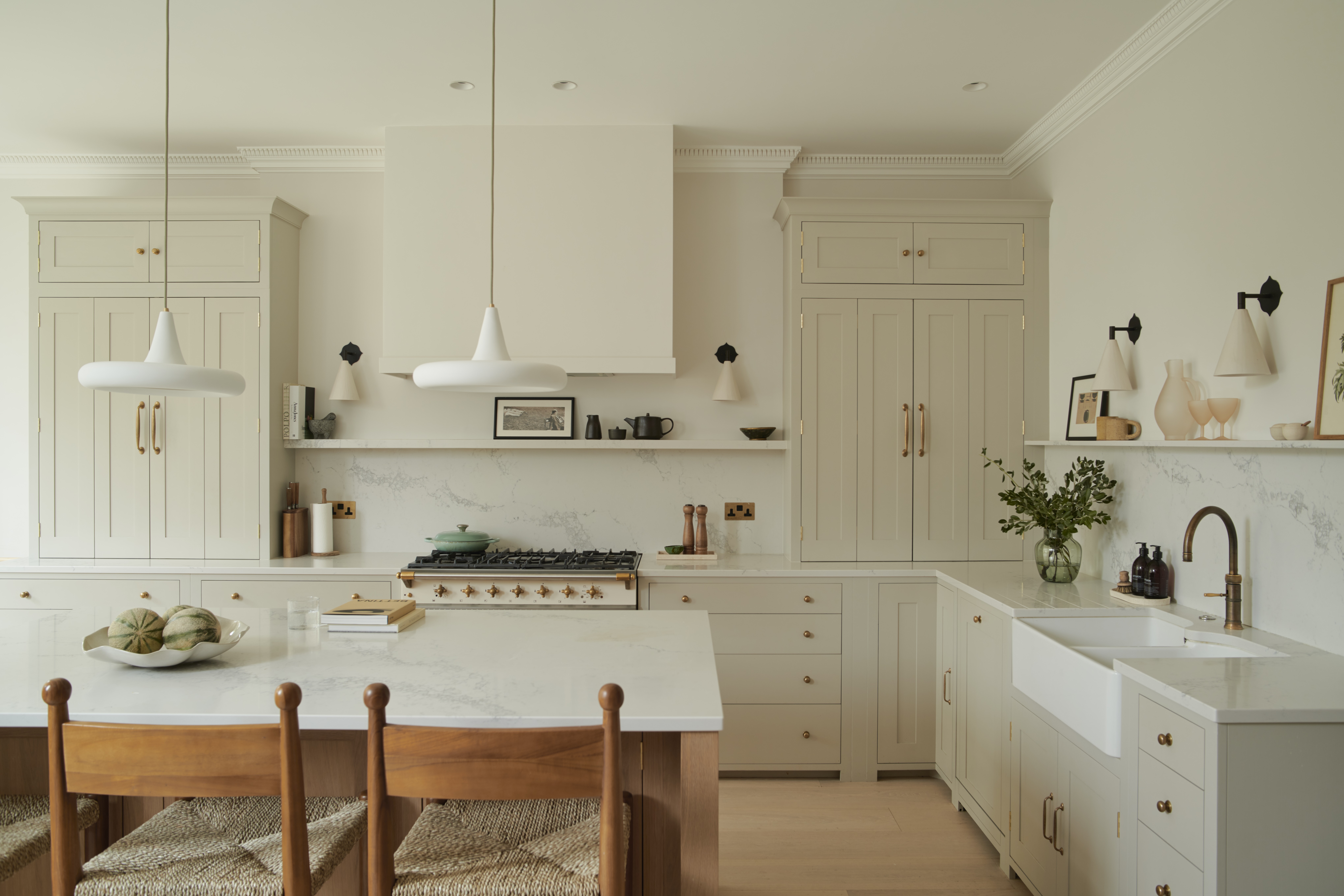
Curious Questions: Where did the viral Instagram Shaker kitchen come from — and how is it linked to Quakerism?
By Alexandra Goss
-
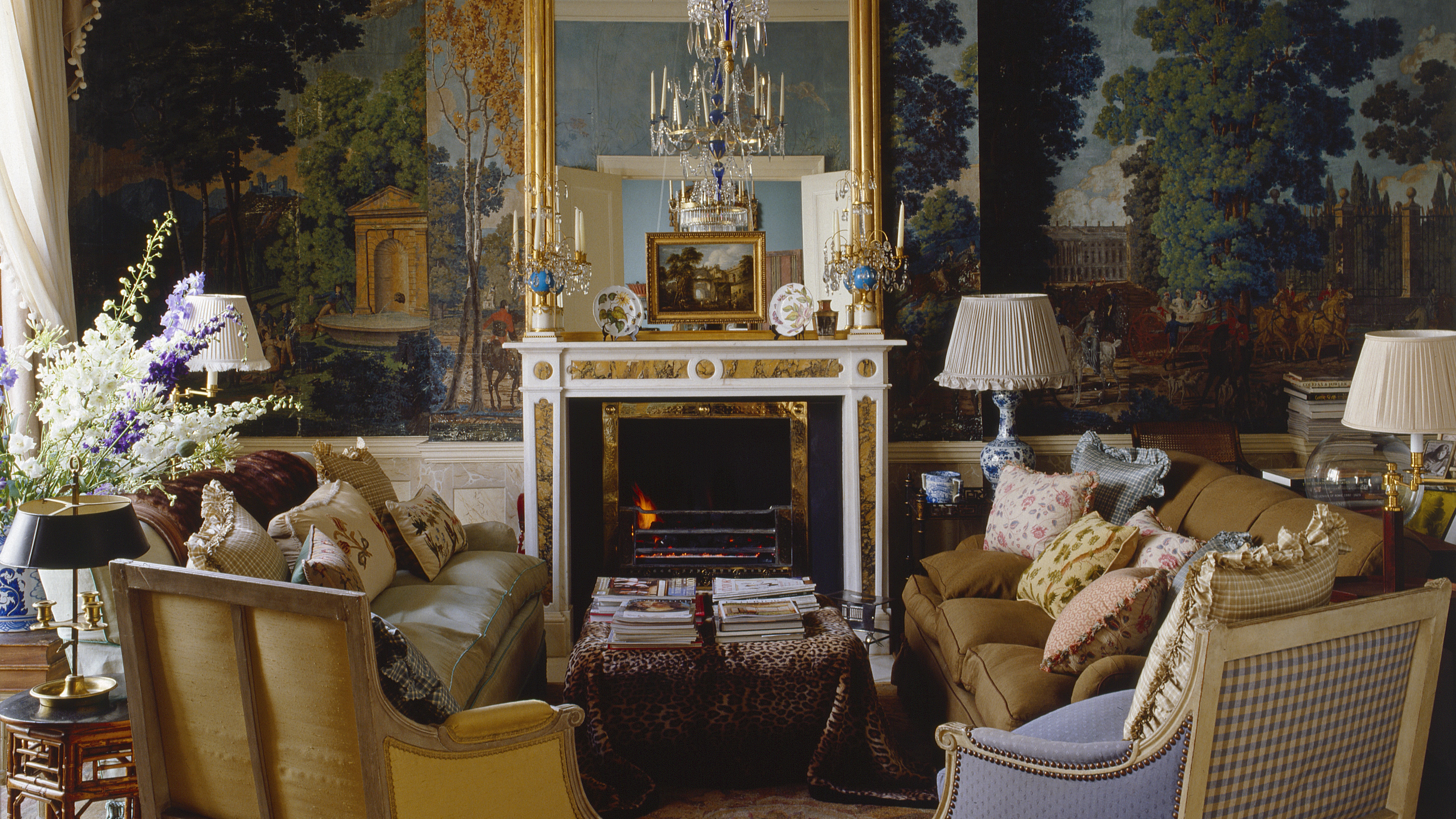
The designer's room: How rare, 19th-century wallpaper was repurposed inside a Grade I-listed apartment complex on London's Piccadilly
By Arabella Youens
-
LIFE & STYLE
View All LIFE & STYLE-
-

‘I get all twitchy when I see people wearing something that really doesn’t belong’: A watch for every summer occasion
By Chris Hall
-
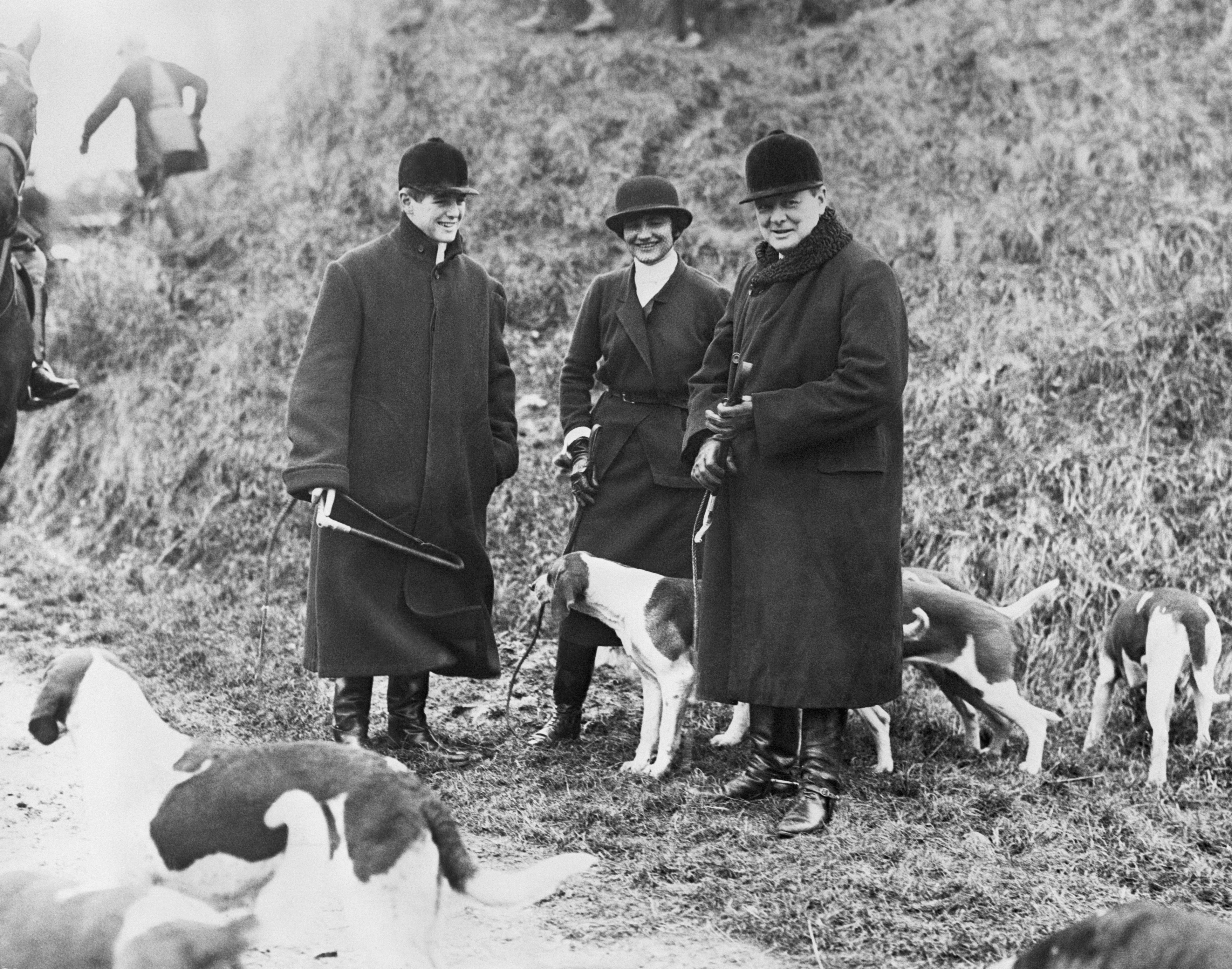
Coco's crush: Chanel's century-long love affair with Britain and its men
By Amie Elizabeth White
-

Critics be damned, Liverpool Metropolitan Cathedral gets Grade I status on advice from Historic England
By Annunciata Elwes
-
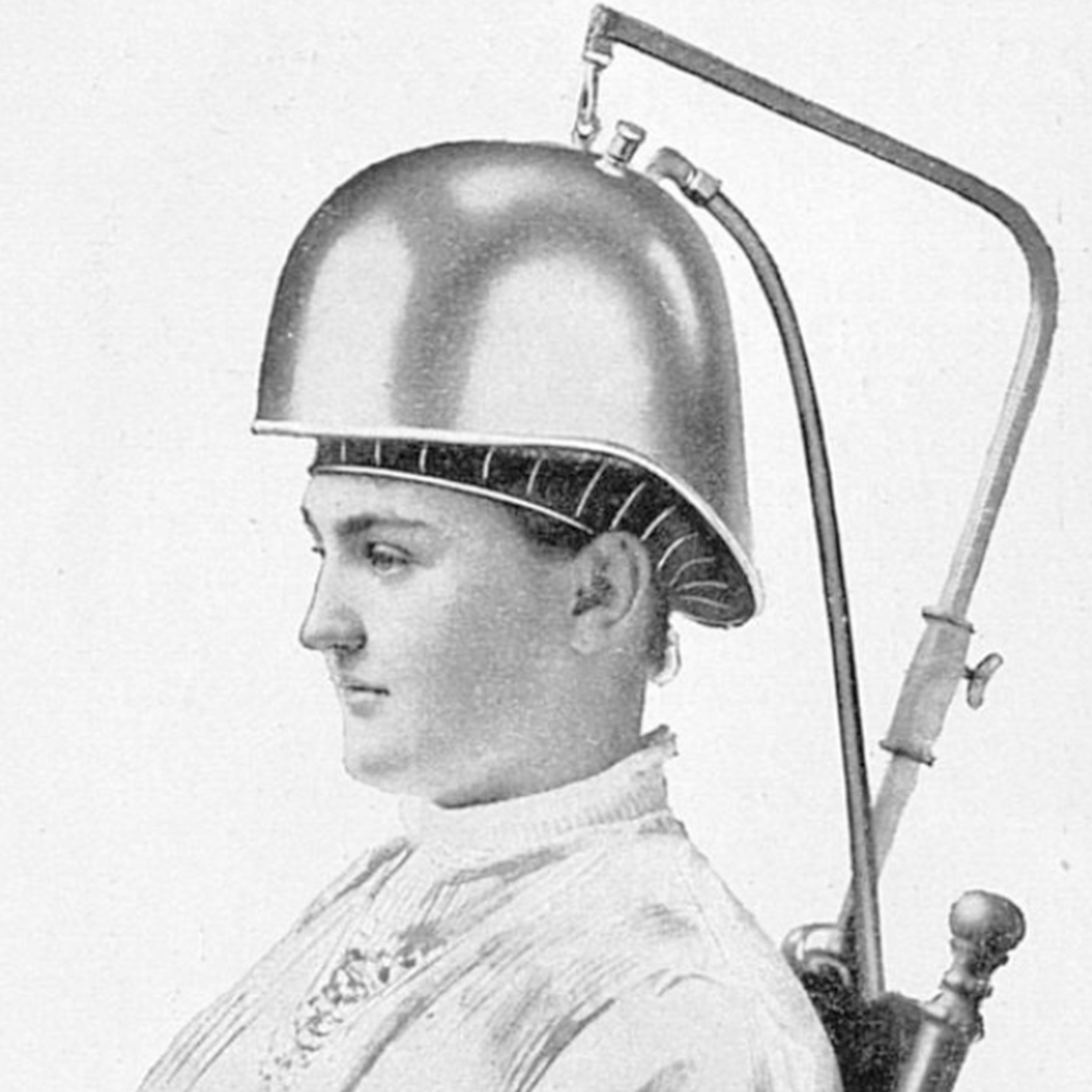
From the Country Life archive: The questionable vacuum caps that promised a 'healthy, vigorous growth of hair'
By Melanie Bryan
-
COUNTRYSIDE
View All THE COUNTRYSIDE-
-

Marcus Janssen: The man behind Schöffel on Chelsea Lifejackets, bagging a 'MacNab' and recognising the best of the British countryside
By James Fisher
-

From lonely moorland megaliths to grand stone rings, Britain strains under the weight of enthralling, ancient rock
By Tom Howells
-

Chatsworth's winning £4 million Lottery ticket means it can restore beloved water feature
By Lotte Brundle
-
Gardens
View All Gardens-
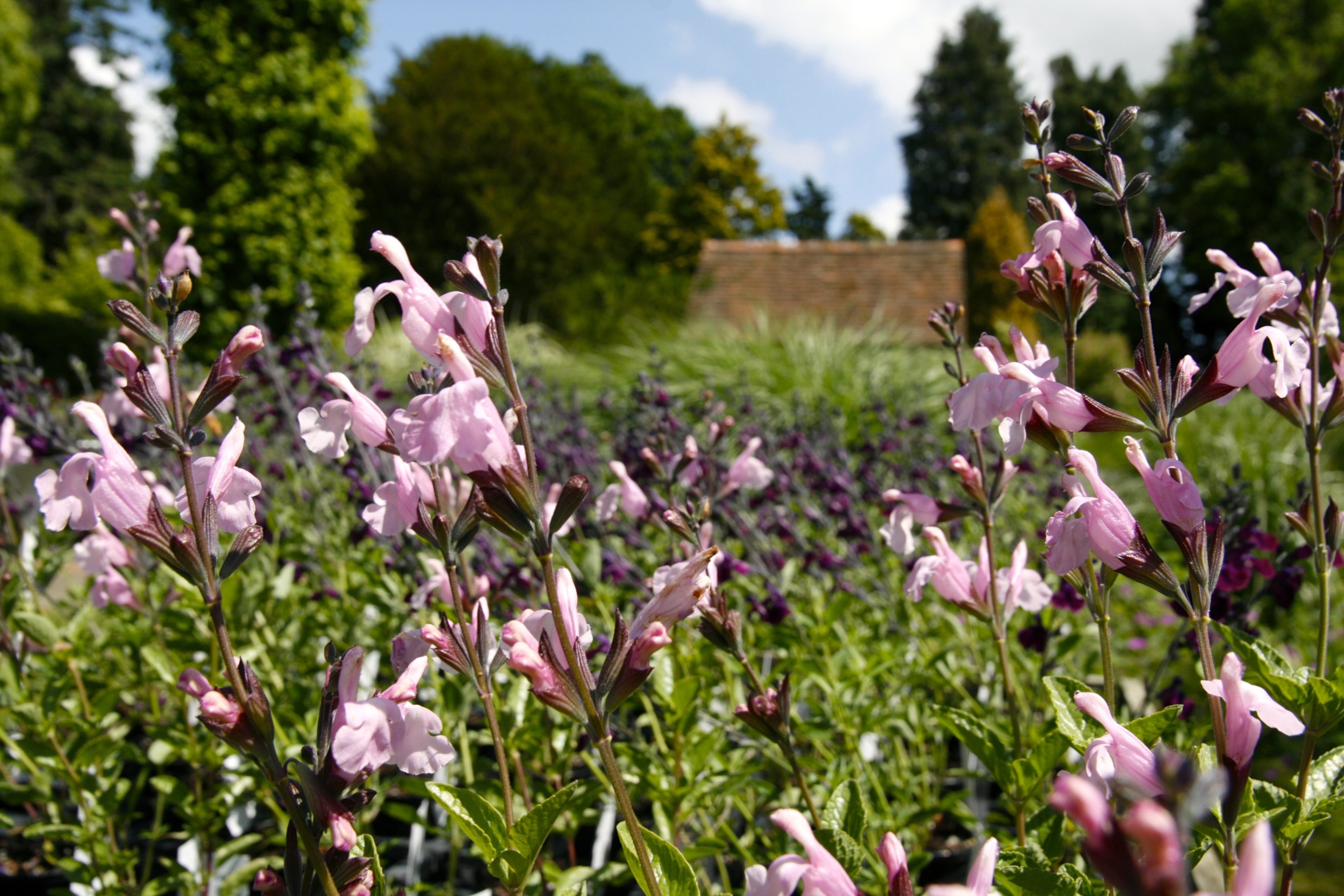
Sarah Raven: The flowers I have that are flourishing superbly, despite the battering heat
By Sarah Raven
-
-
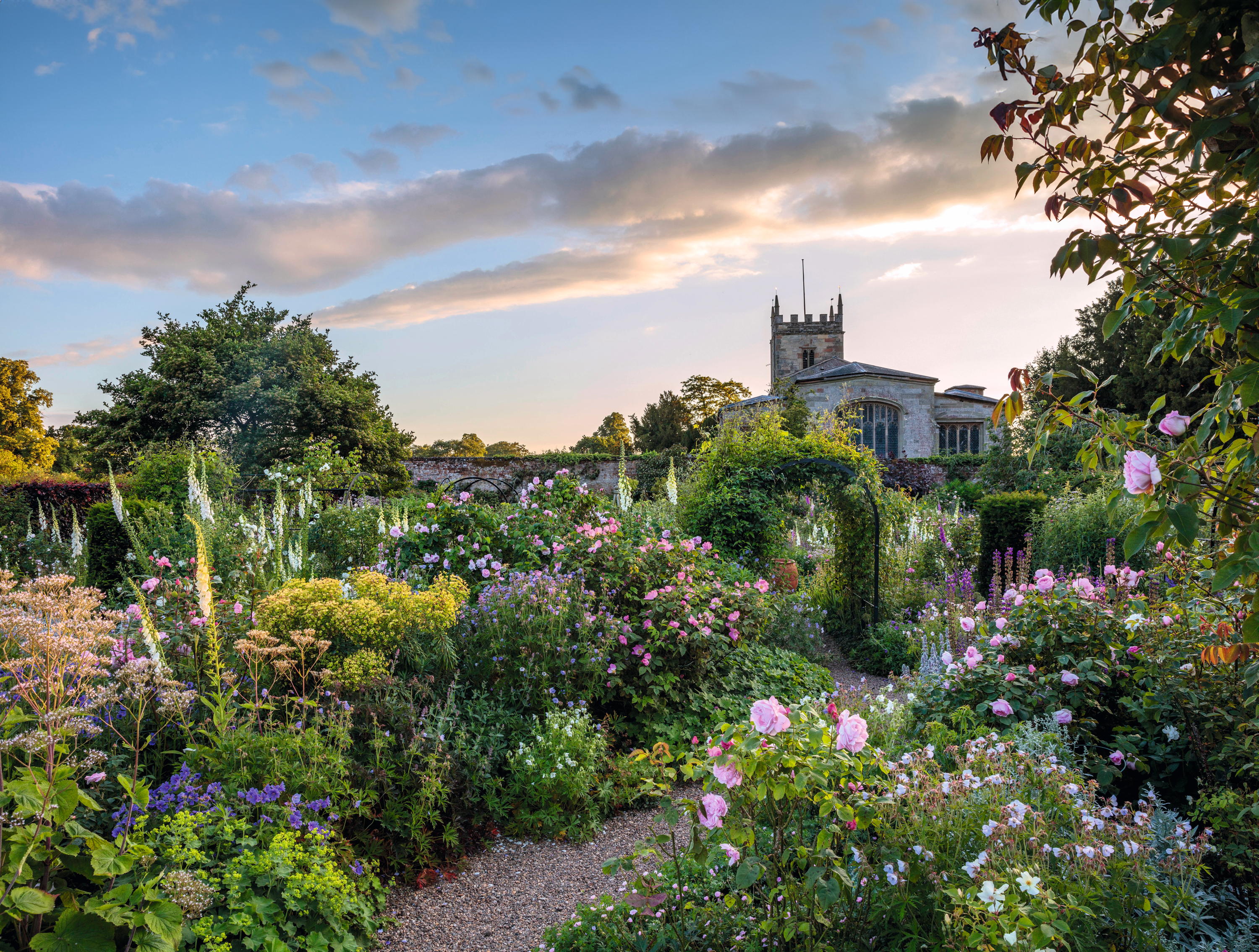
The 'Rose Labyrinth' of Coughton Court, where 200 varieties come together in this world-renowned garden in Warwickshire
By Val Bourne
-
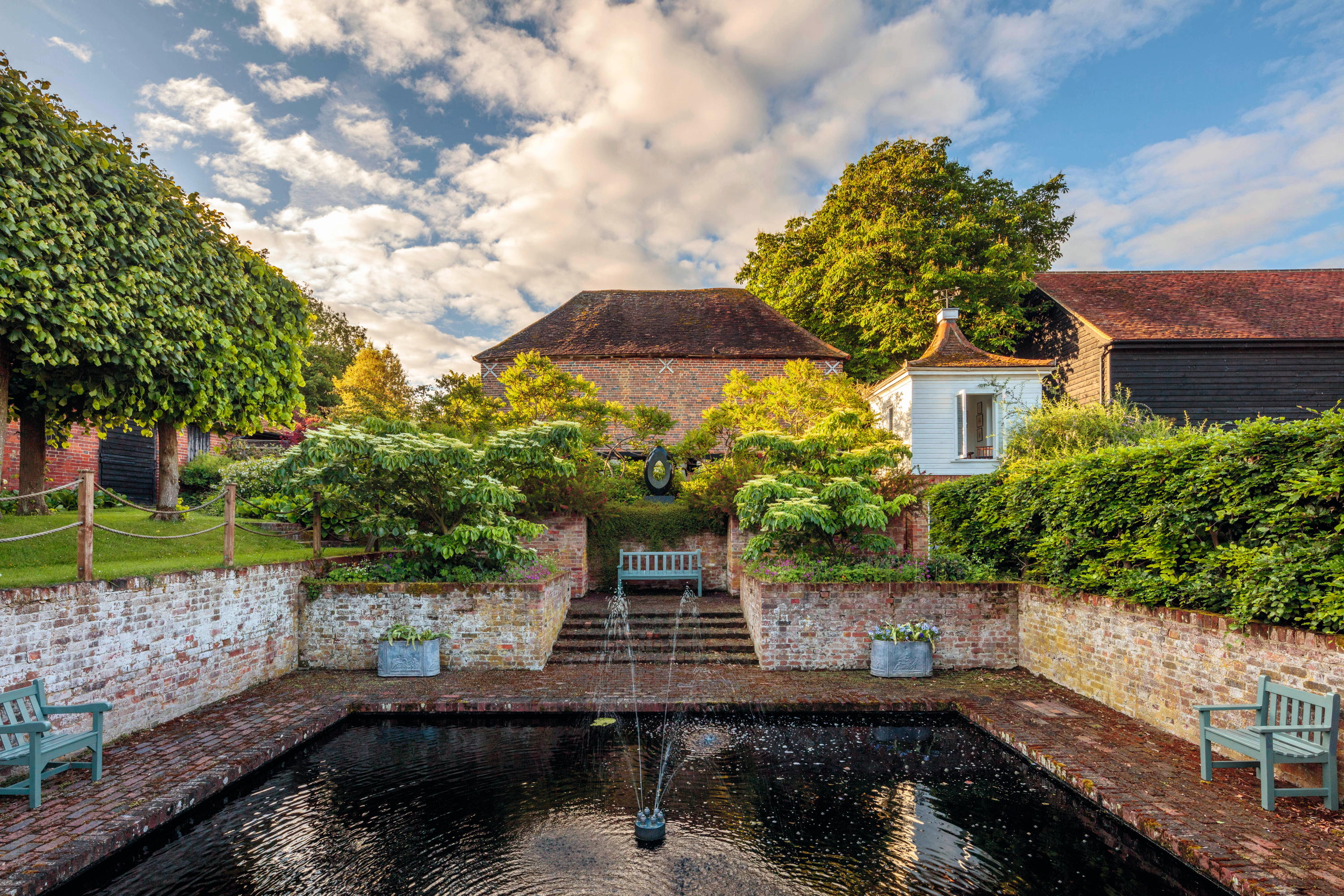
'None of this would be here had the tithe barn not burned down that night’: How the terrifying destruction of a medieval landmark sparked the creation of the magnificent gardens of Bledlow Manor
By Tiffany Daneff
-
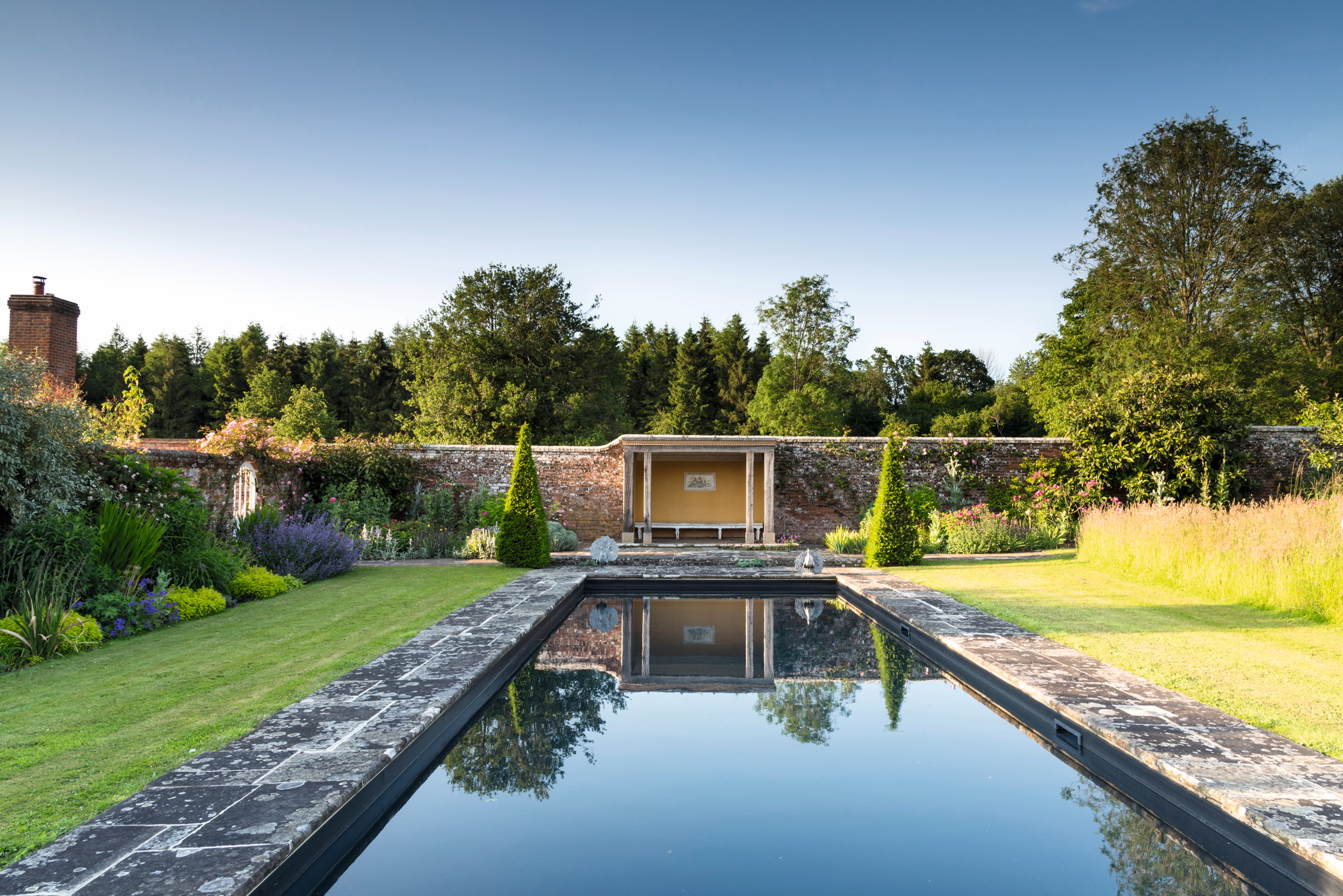
'The whole house shook. Everything was white. For four months, it felt as if we were on Mars': The story behind one of Hampshire's most breathtaking gardens
By Non Morris
-
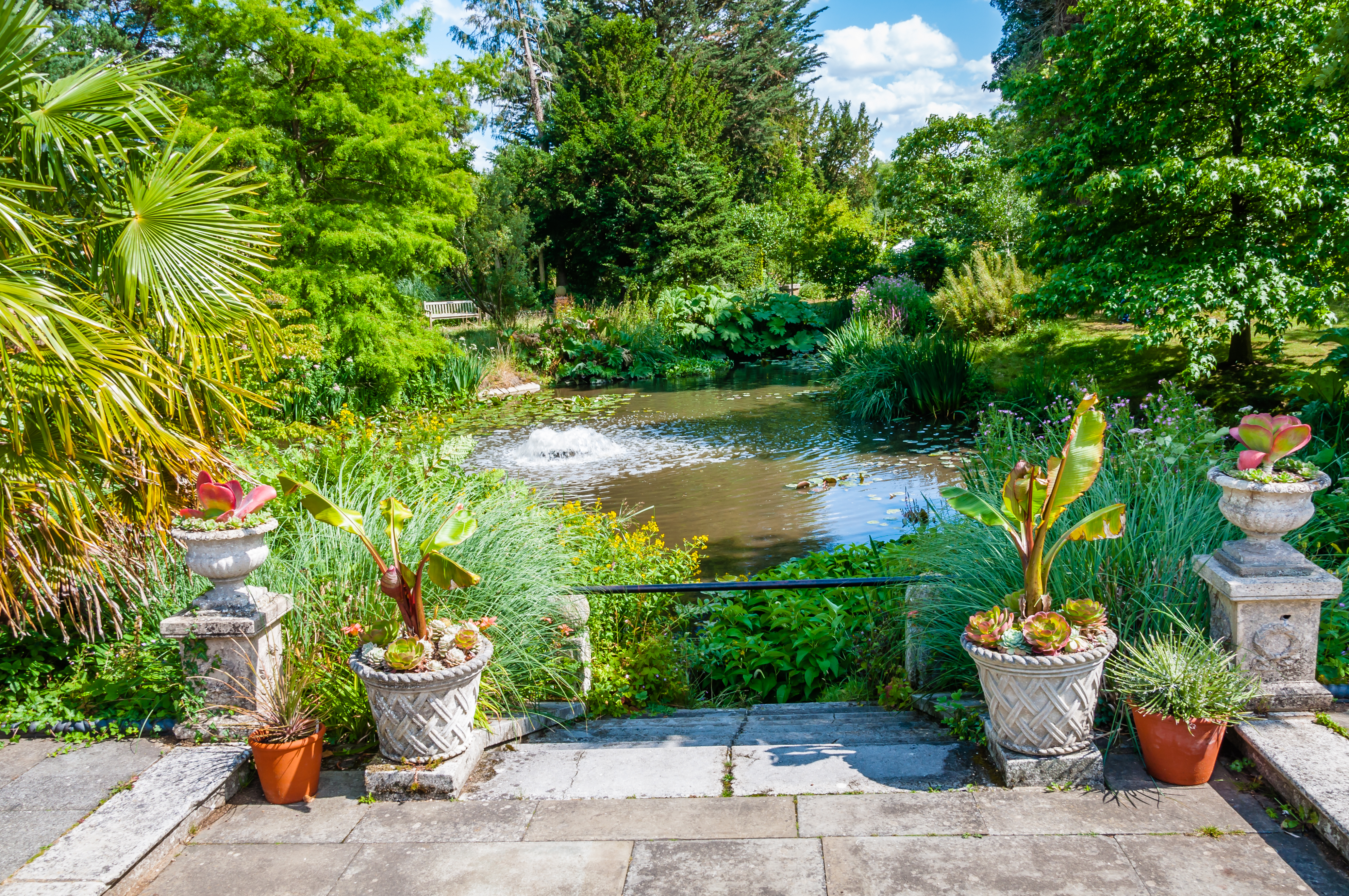
Myddleton House: The place that 'will help you learn what true gardening is' is open to everyone, and just 30 minutes from central London
By Isabel Bannerman
-
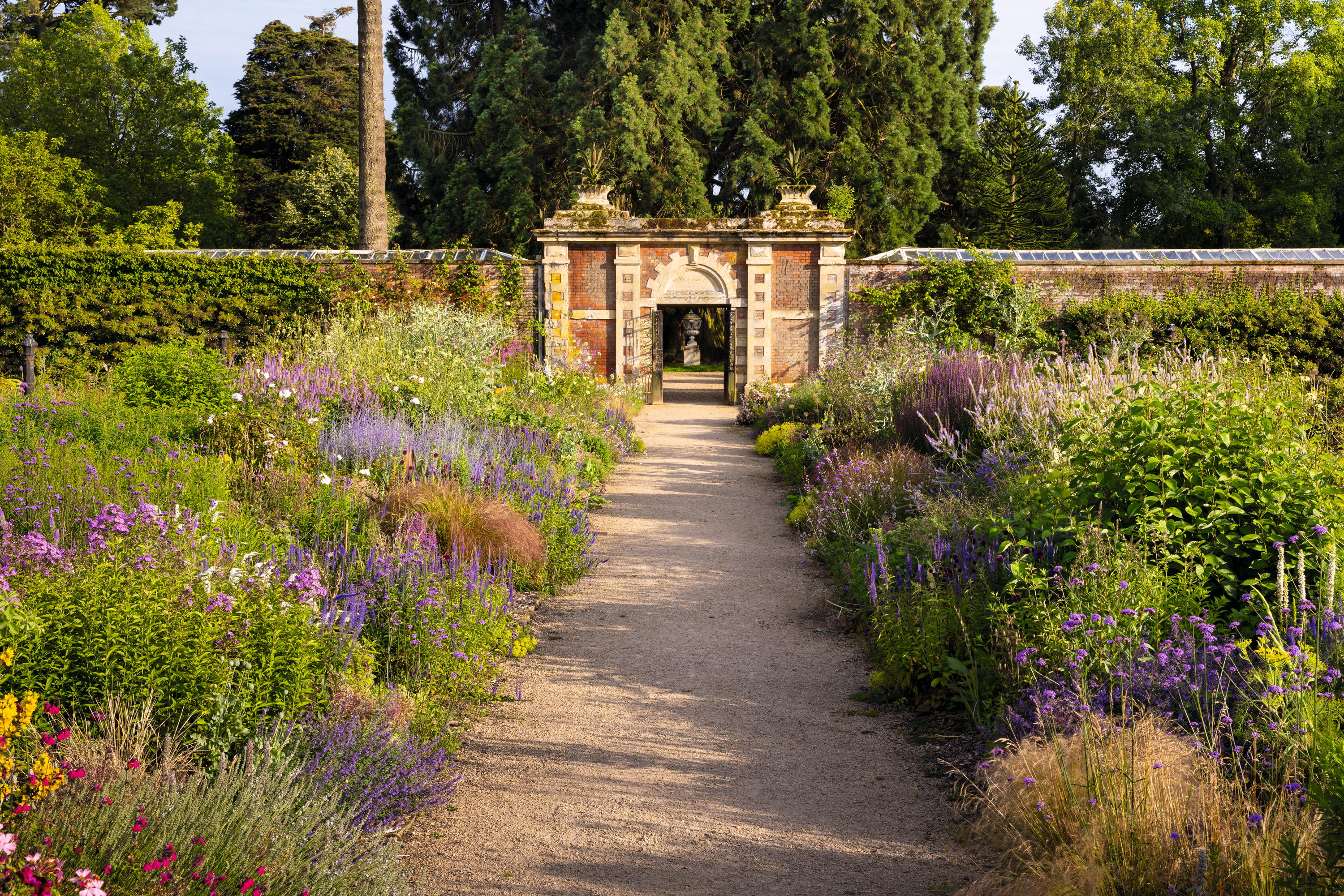
'Victorian magnificence skilfully simplified and distilled': A peek at the restoration of Somerleyton Hall gardens
By Tilly Ware
-
ART & CULTURE
View all ART & CULTURE-
-
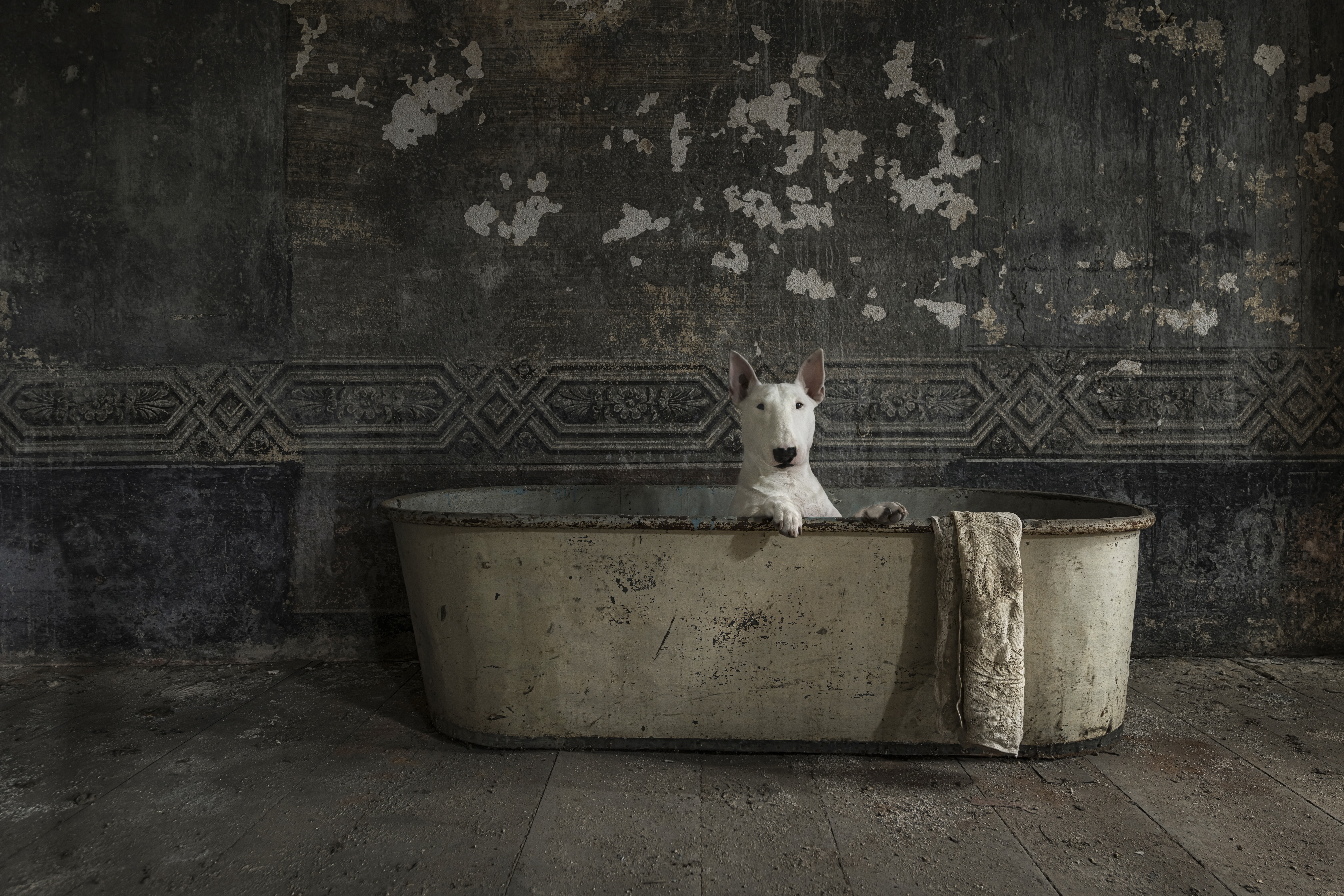
Canine muses: The English bull terrier who helped transform her owner from 'a photographer into an artist'
By Agnes Stamp
-

Richard Rogers: 'Talking Buildings' is a fitting testament to the elegance of utility
By James Fisher
-

‘The perfect hostess, he called her’: A five minute guide to Virgina Woolf’s ‘Mrs Dalloway’
By Lotte Brundle
-

This obscure and unloved picture that turned out to be Turner's first oil painting — and it's about to sell for 500 times what it last cost
By Toby Keel
-
Travel
View All Travel-

Game, set, match: 12 of the world’s most beautiful tennis courts beyond SW19
By Rosie Paterson
-
-
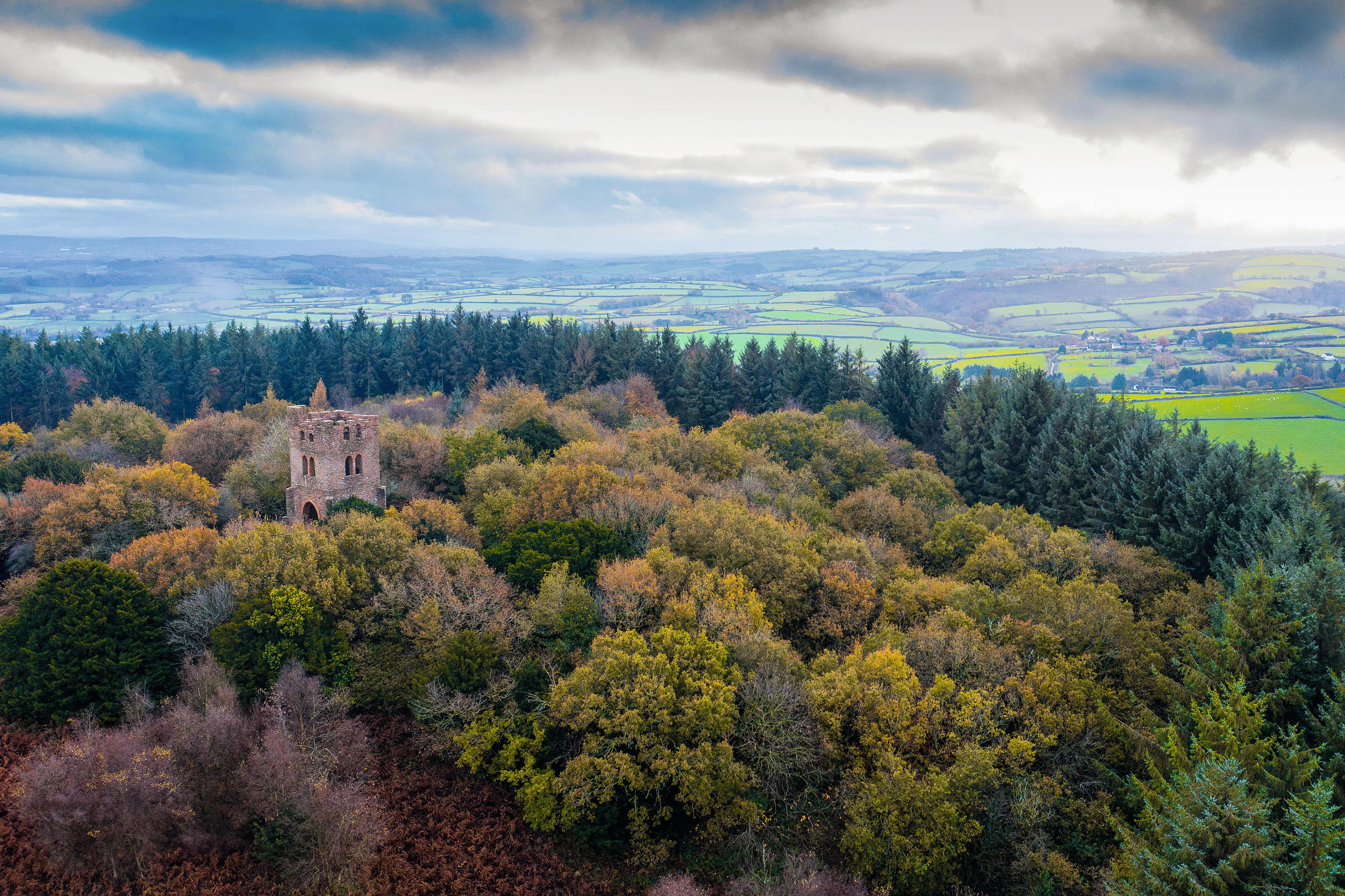
'Meat, ale and guns — what else do you need, bar glorious scenery?': William Sitwell on the Brendon Hills, West Somerset
By William Sitwell
-

'Fences have blocked wildlife corridors, causing the wildebeest migration to collapse from 140,000 individuals to fewer than 15,000': Is the opening of the Ritz-Carlton in Kenya’s Masai Mara National Reserve a cause for celebration or concern?
By Lisa Johnson
-

The pristine and unspoilt English county that 'has all the ingredients of perfection'
By Viscount Ridley
-

The extraordinary Exe Estuary, by the Earl whose family have lived here for 700 years
By The Earl of Devon
-

‘So old-fashioned, it’s new-fashioned’: Riding the rails on the Belmond Royal Scotsman
By Steven King
-
Food & Drink
View All Food & Drink-

How to make The Connaught Bar's legendary martini — and a few others
By Rosie Paterson
-
-
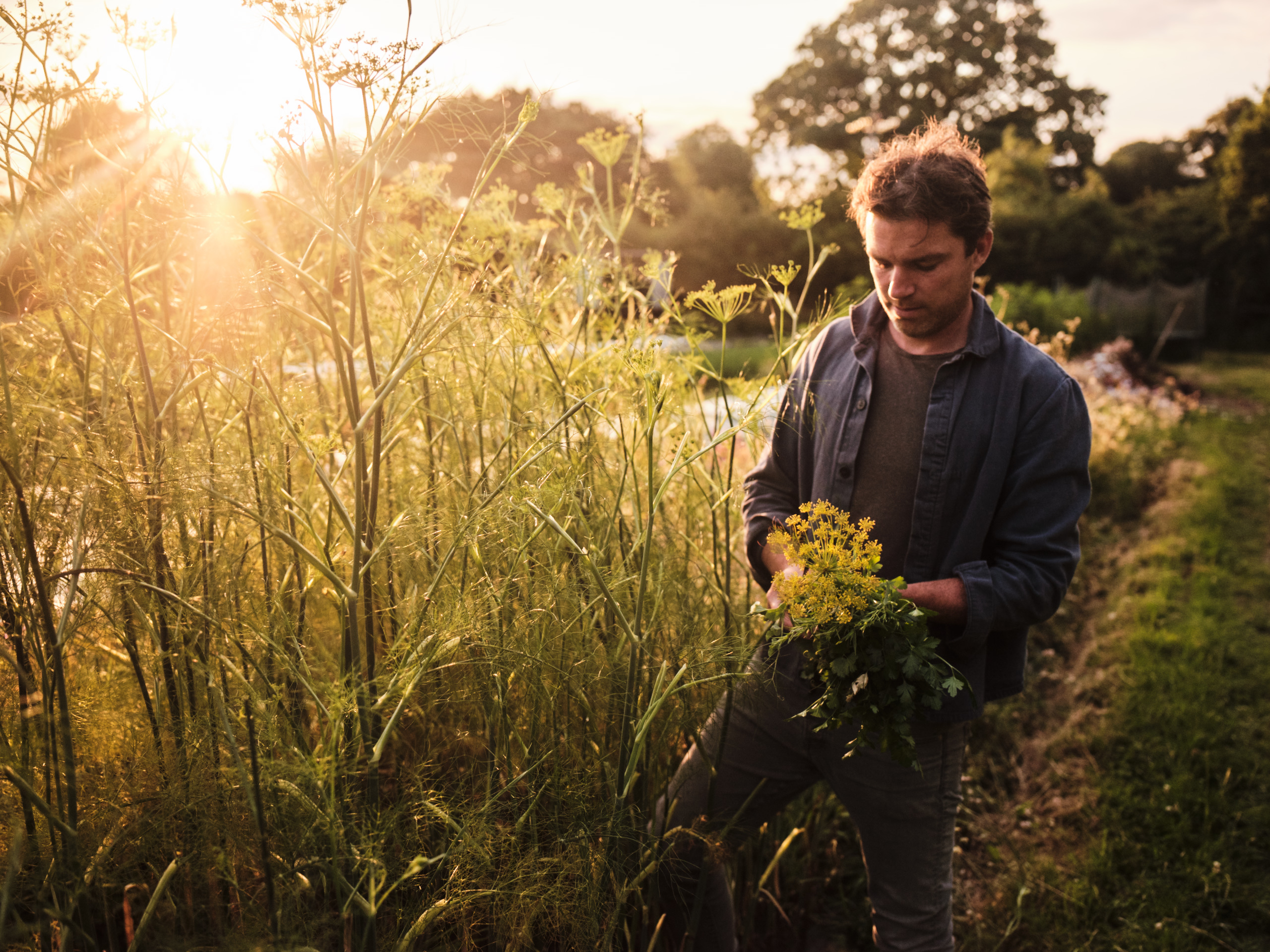
Gill Meller's tomato, egg, bread and herb big-hearted summer salad
By Gill Meller
-

Sophia Money-Coutts: Why clinking glasses and saying ‘Cheers!’ is a tiny bit embarrassing
By Sophia Money-Coutts
-
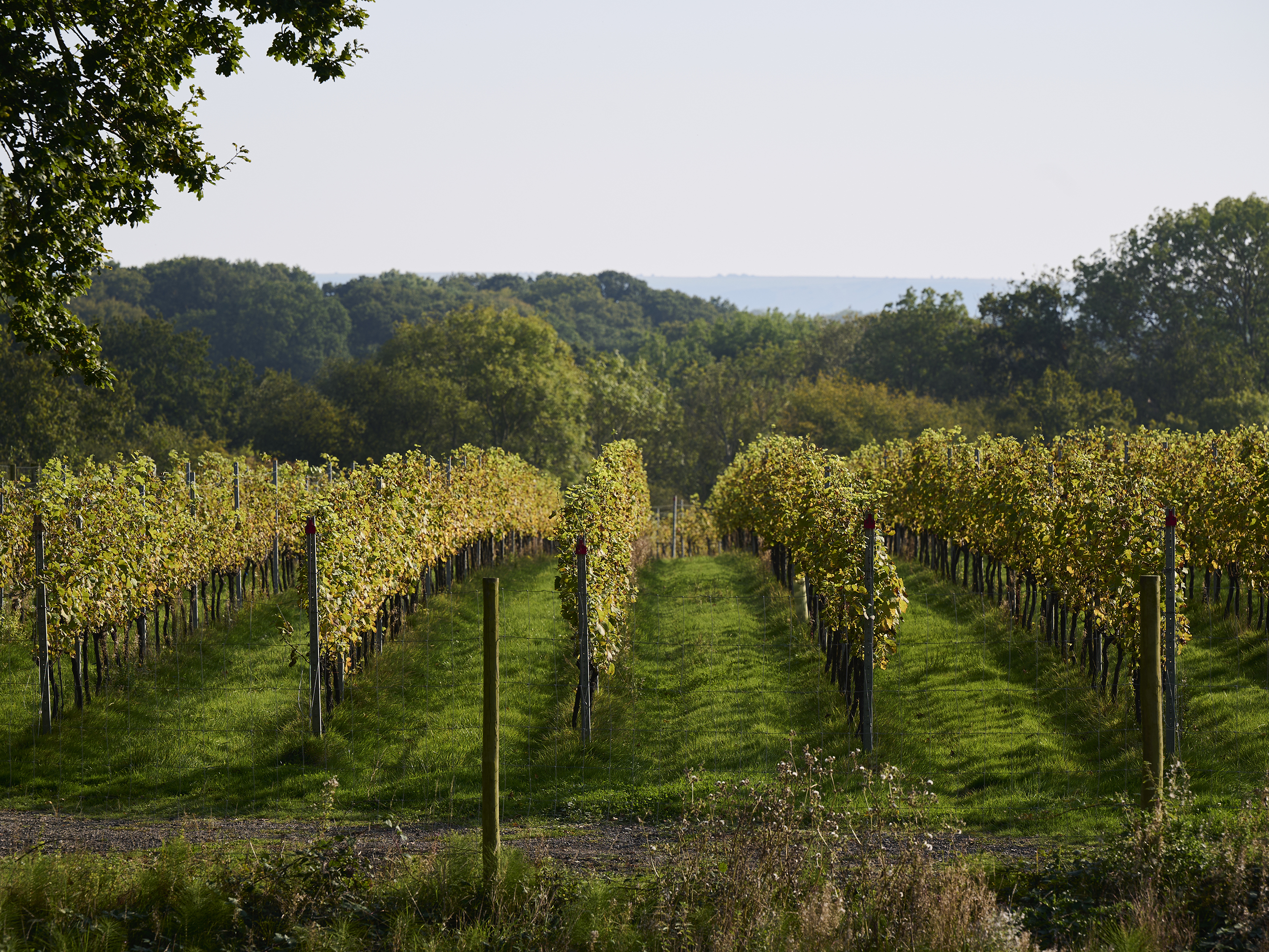
What do an order of Catholic priests and actor Hugh Bonneville have in common? They helped this West Sussex sparkling wine triumph over multiple French Champagne houses
By Lotte Brundle
-
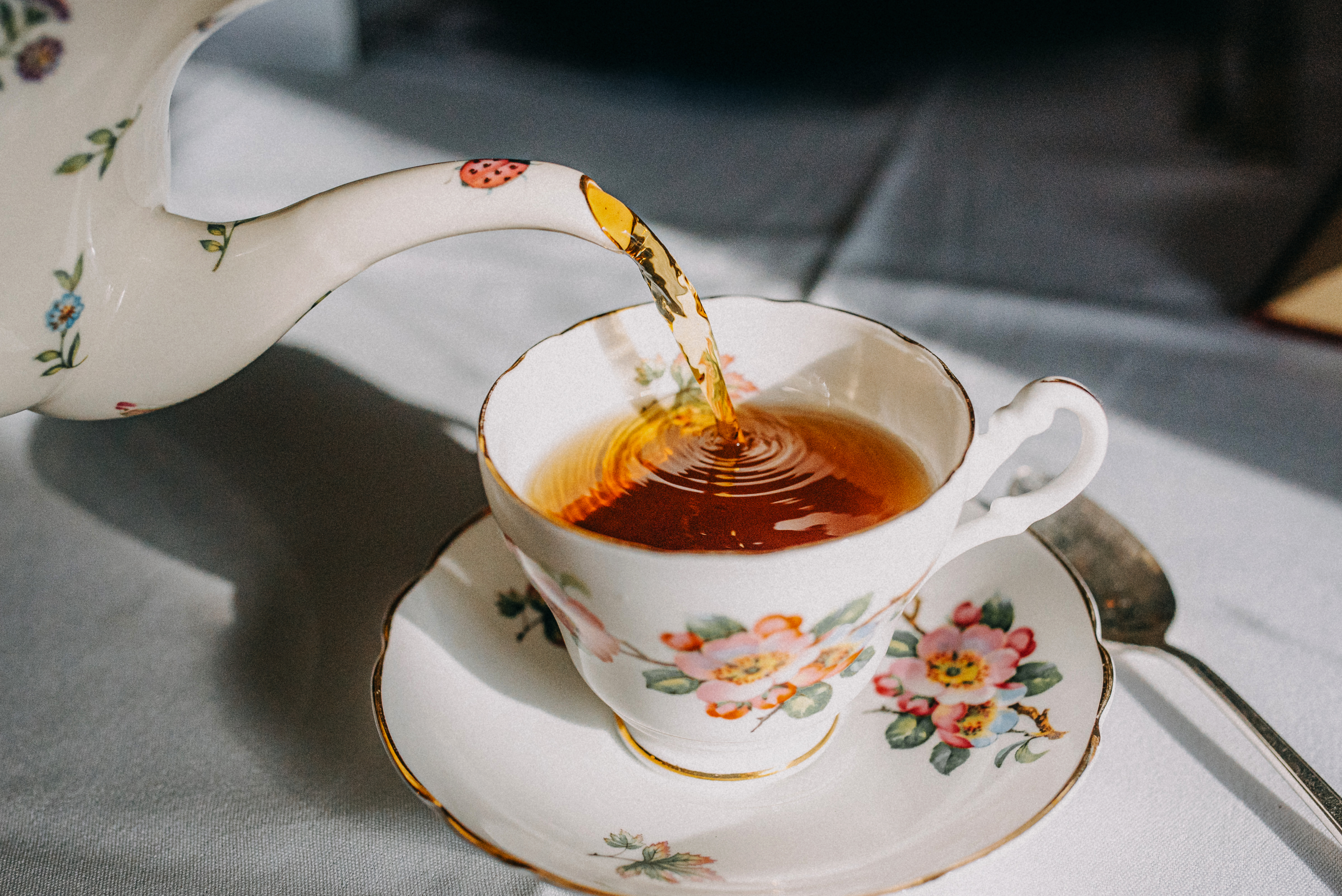
11 golden rules for making a perfect cup of tea
By Jonathon Jones
-
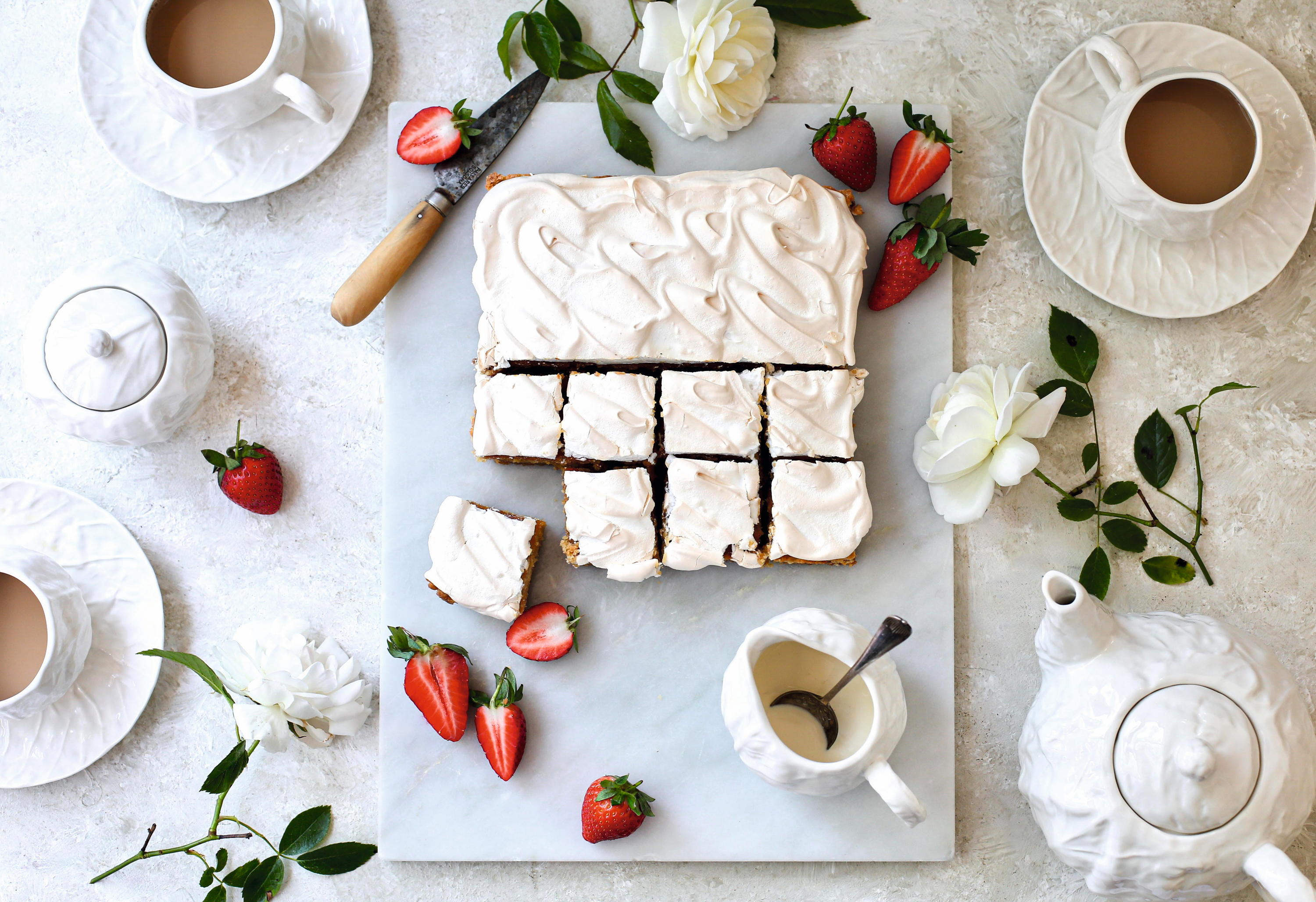
How to make Eton mess strawberry blondies
By Melanie Johnson
-
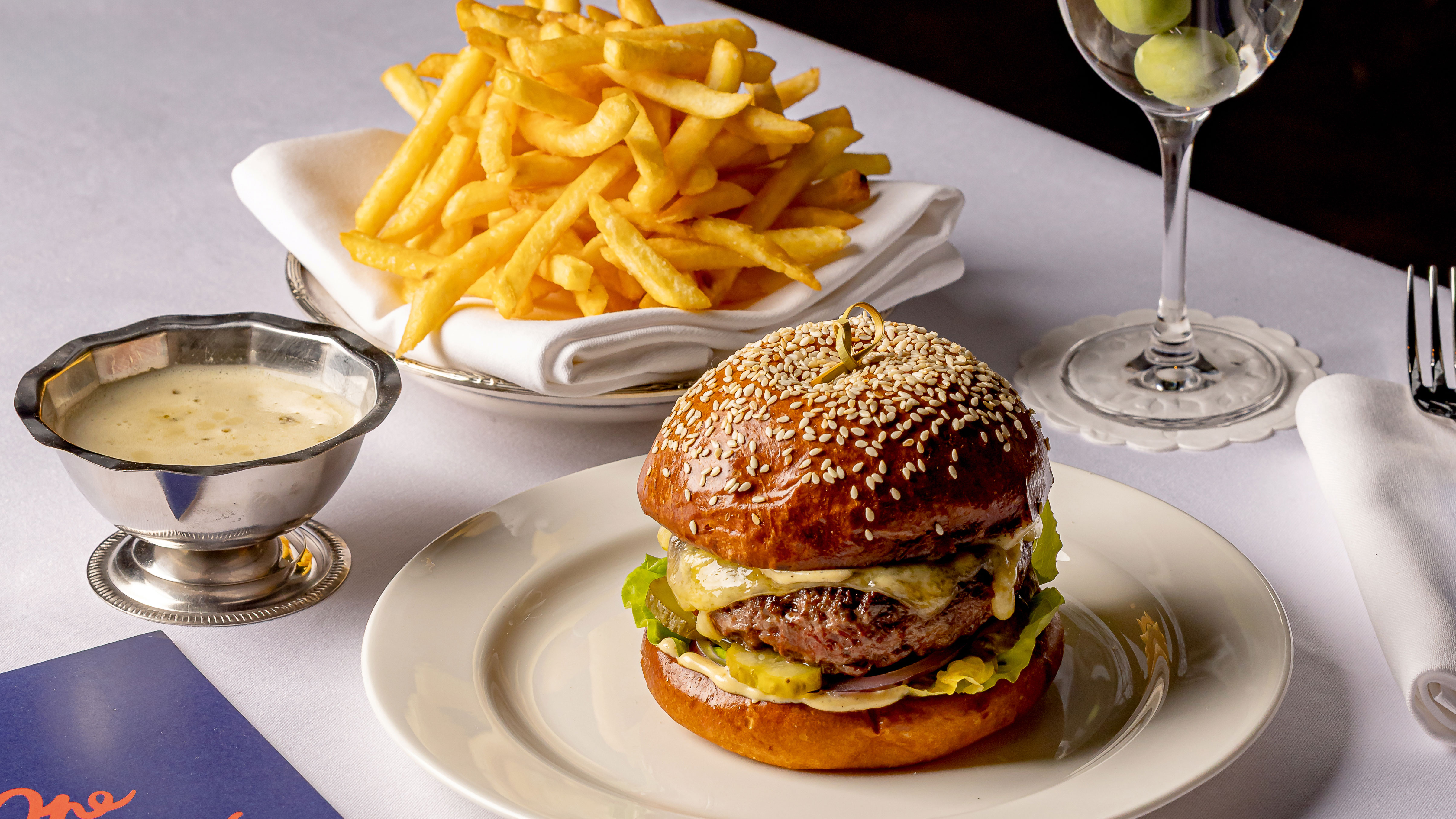
The era of the £50 burger and chips is here — and it's a revelation
By Will Hosie
-





